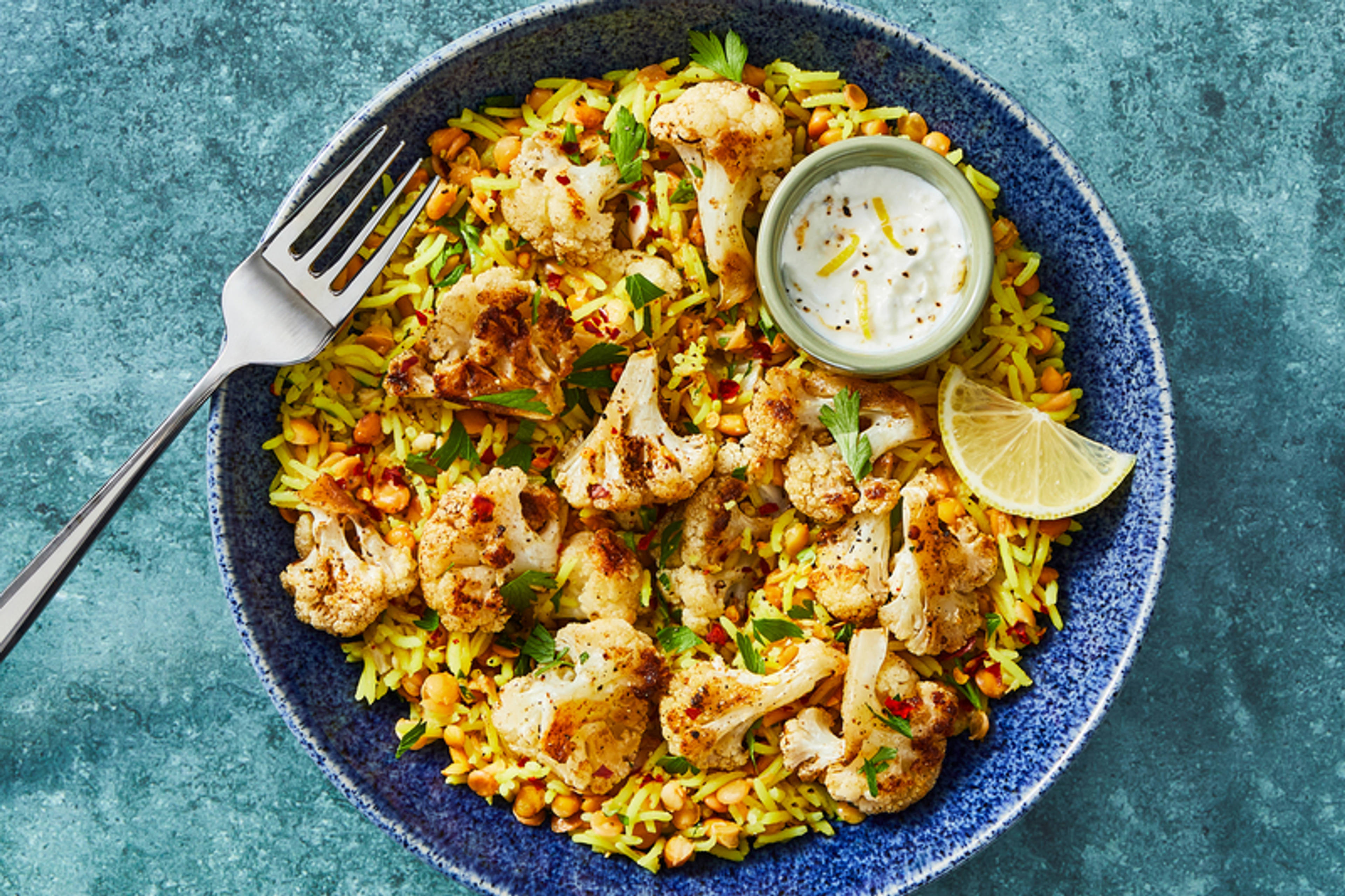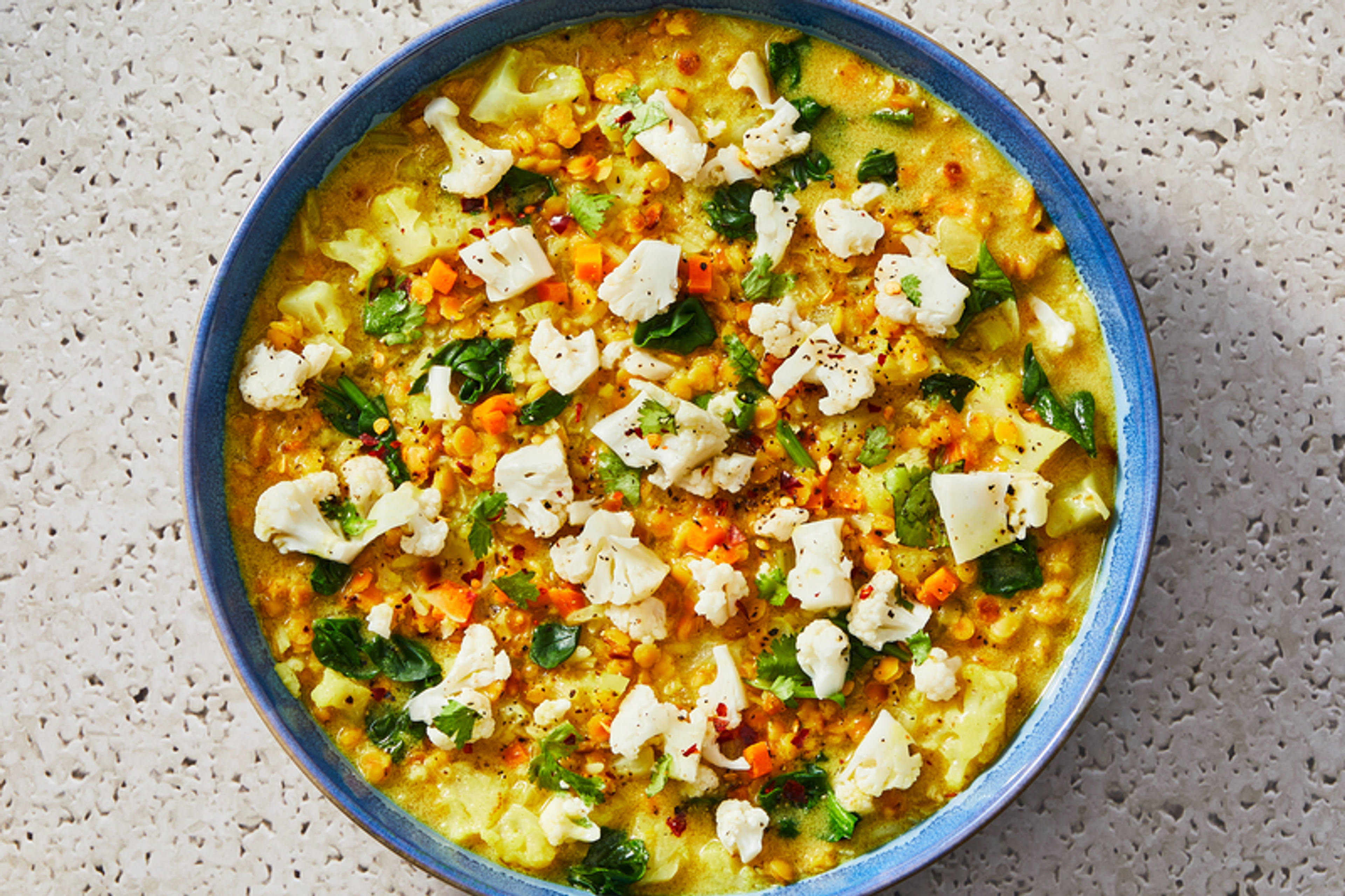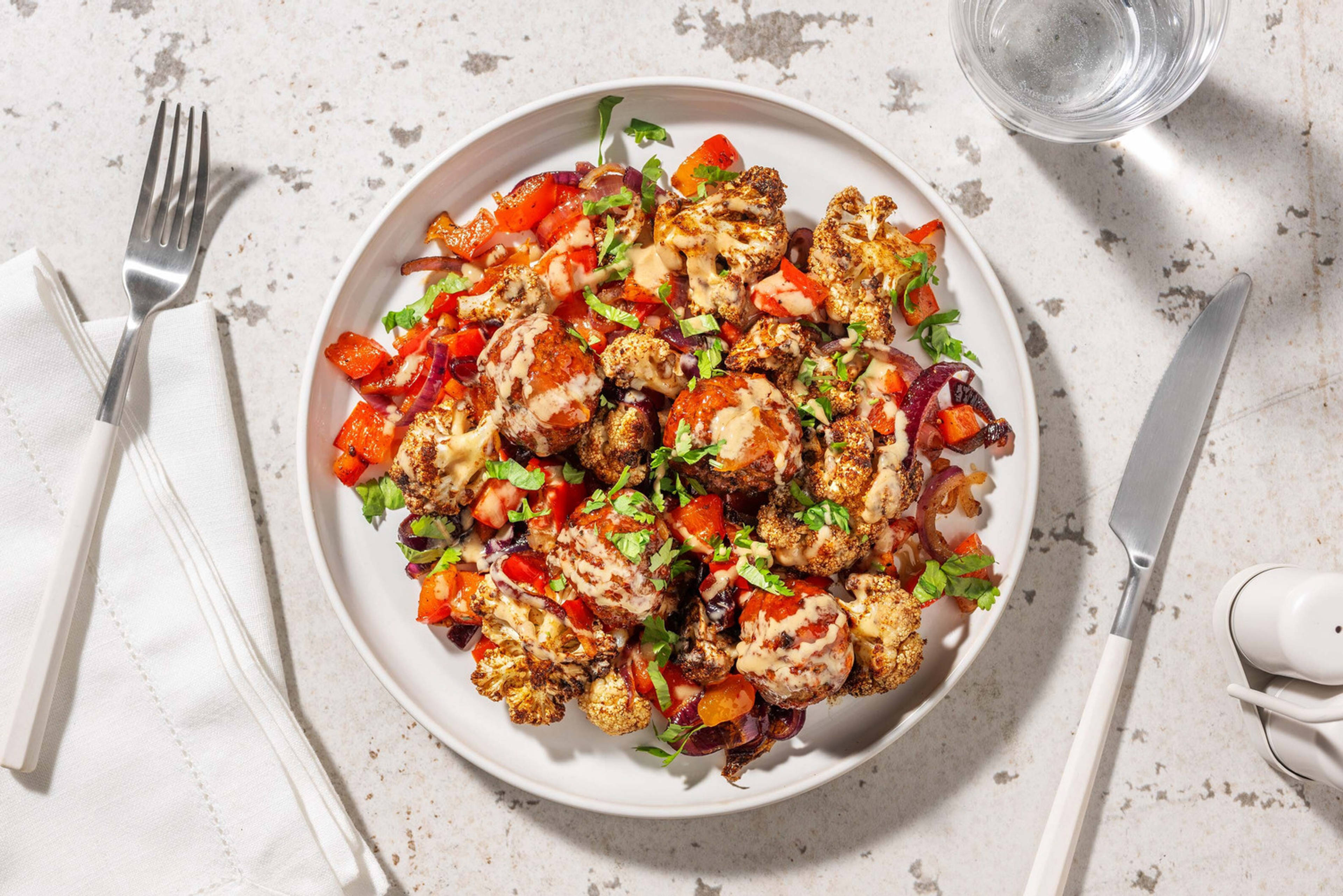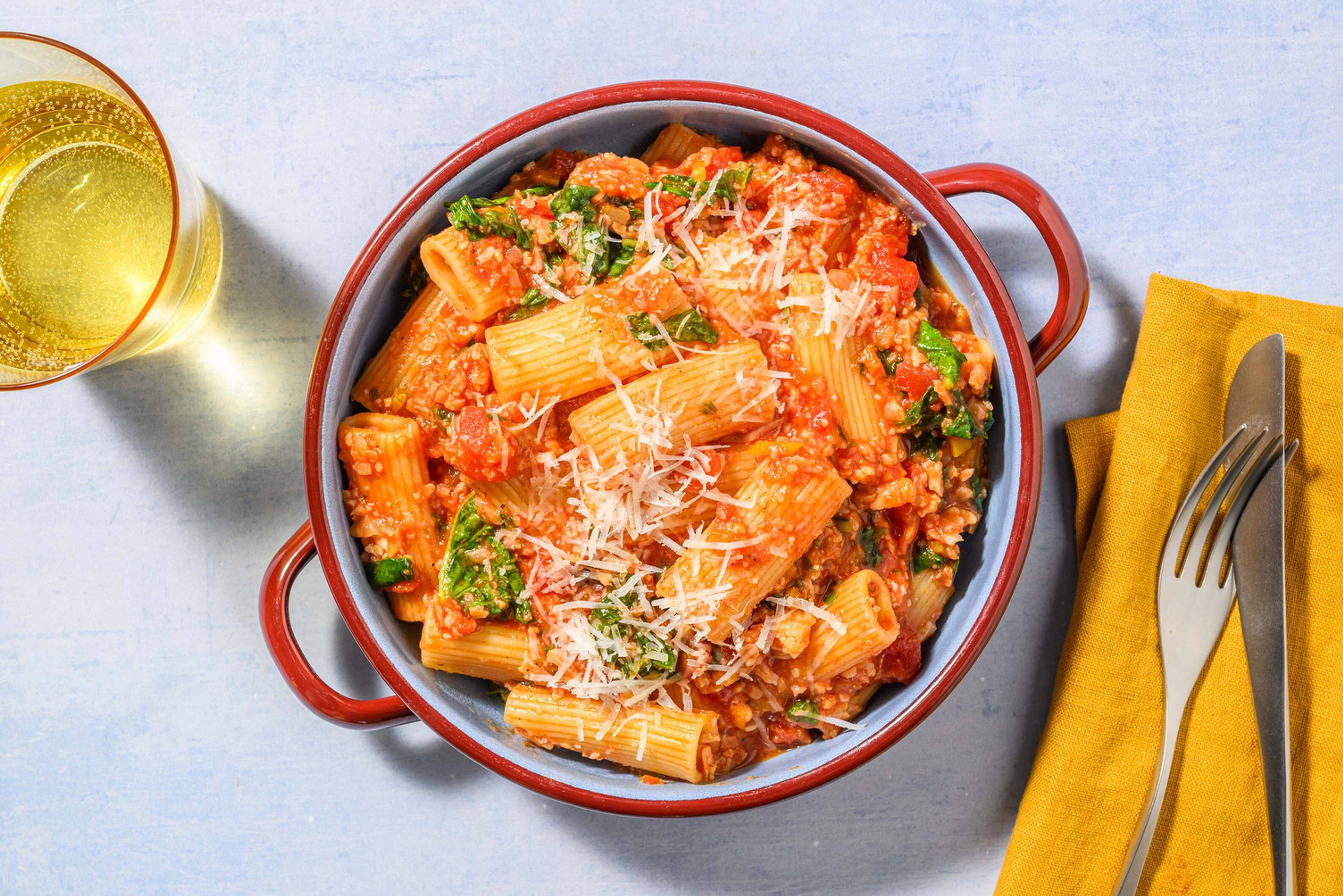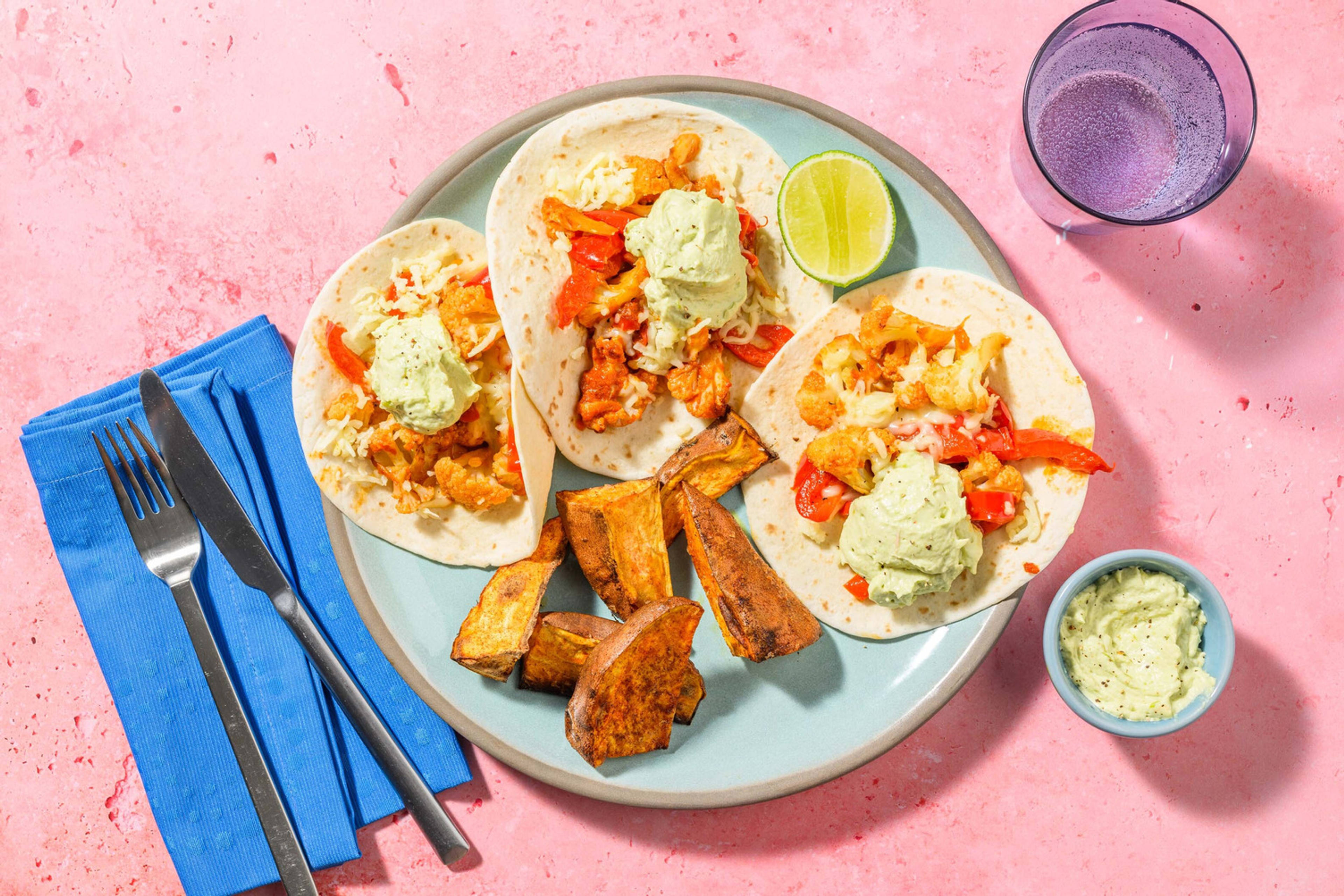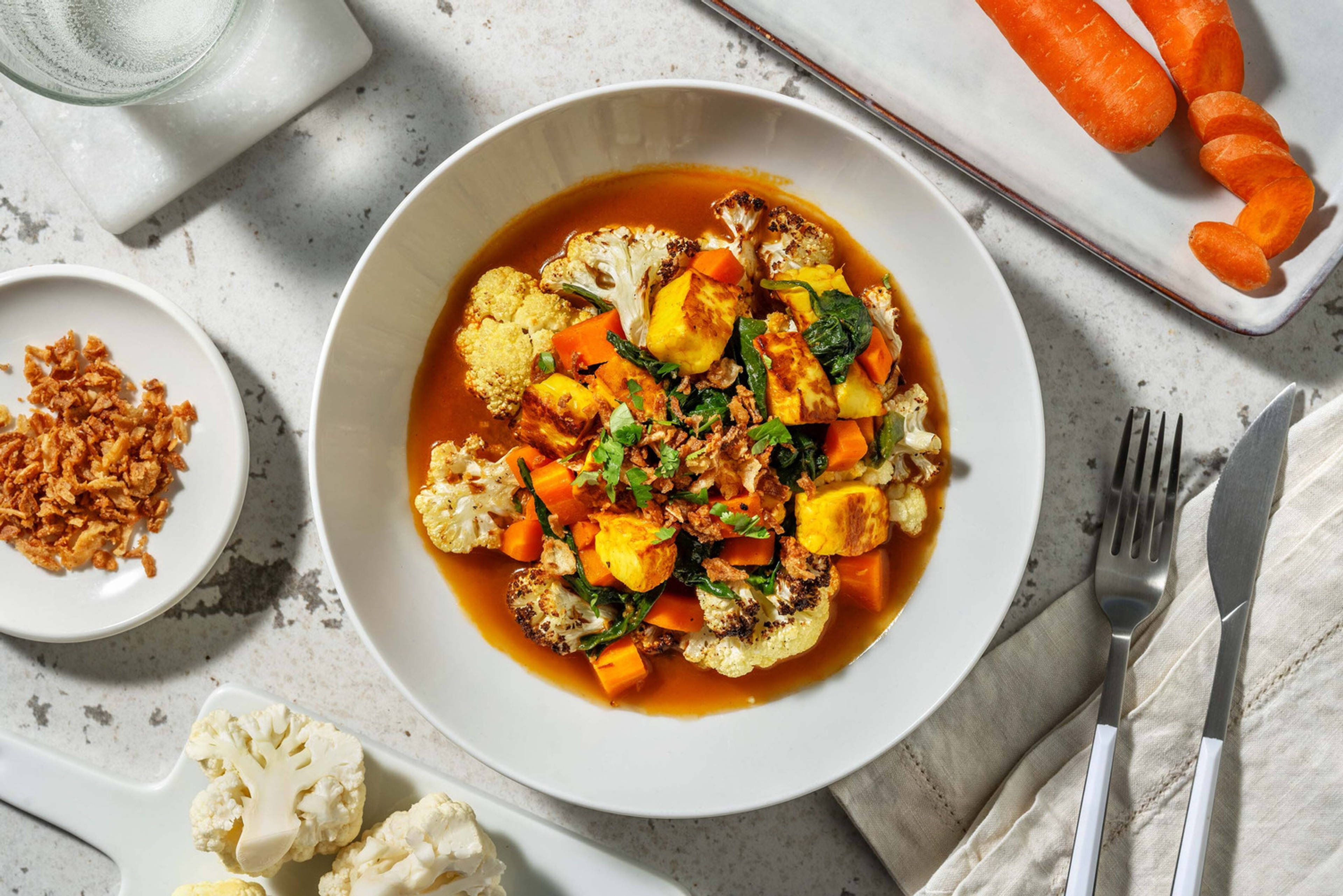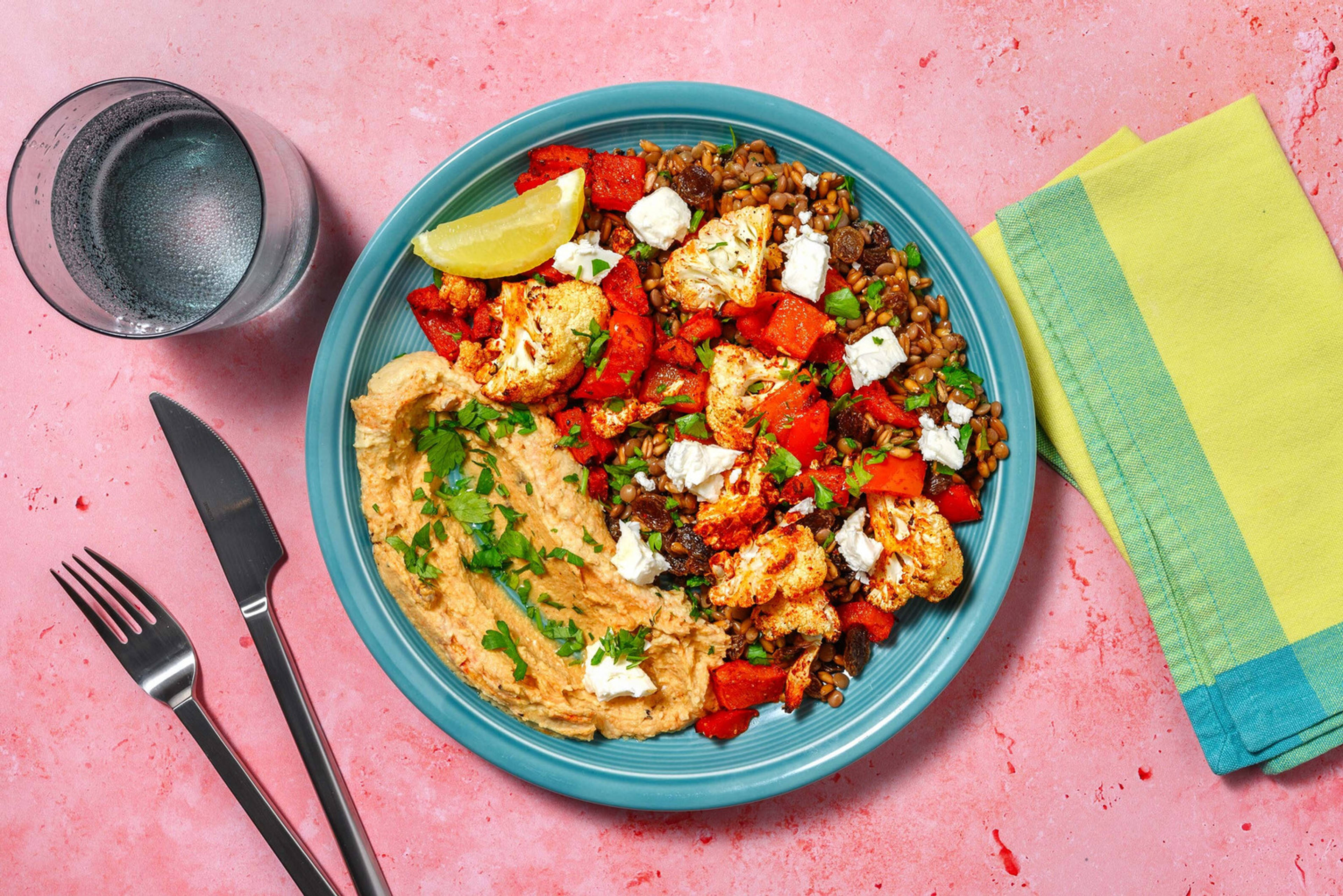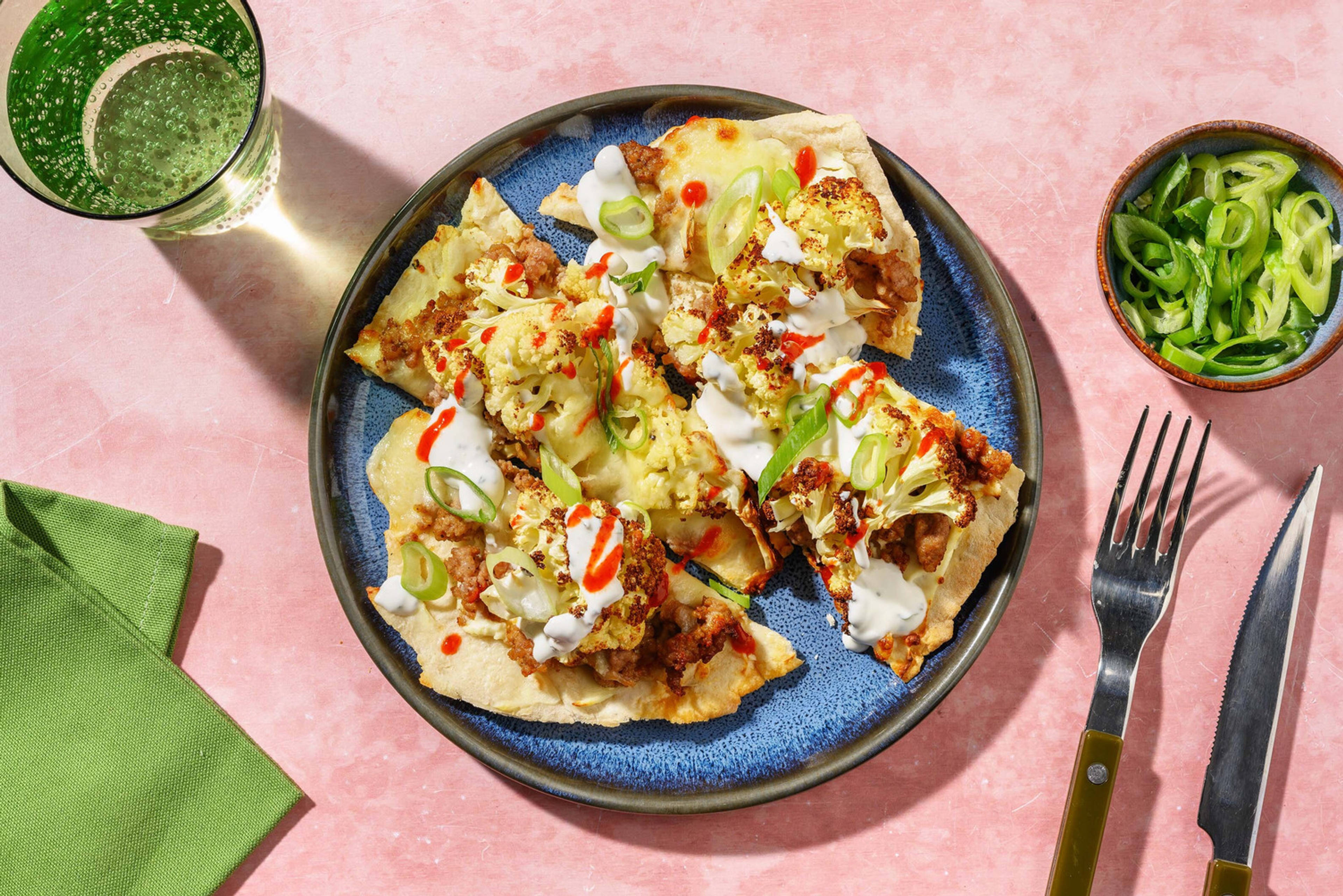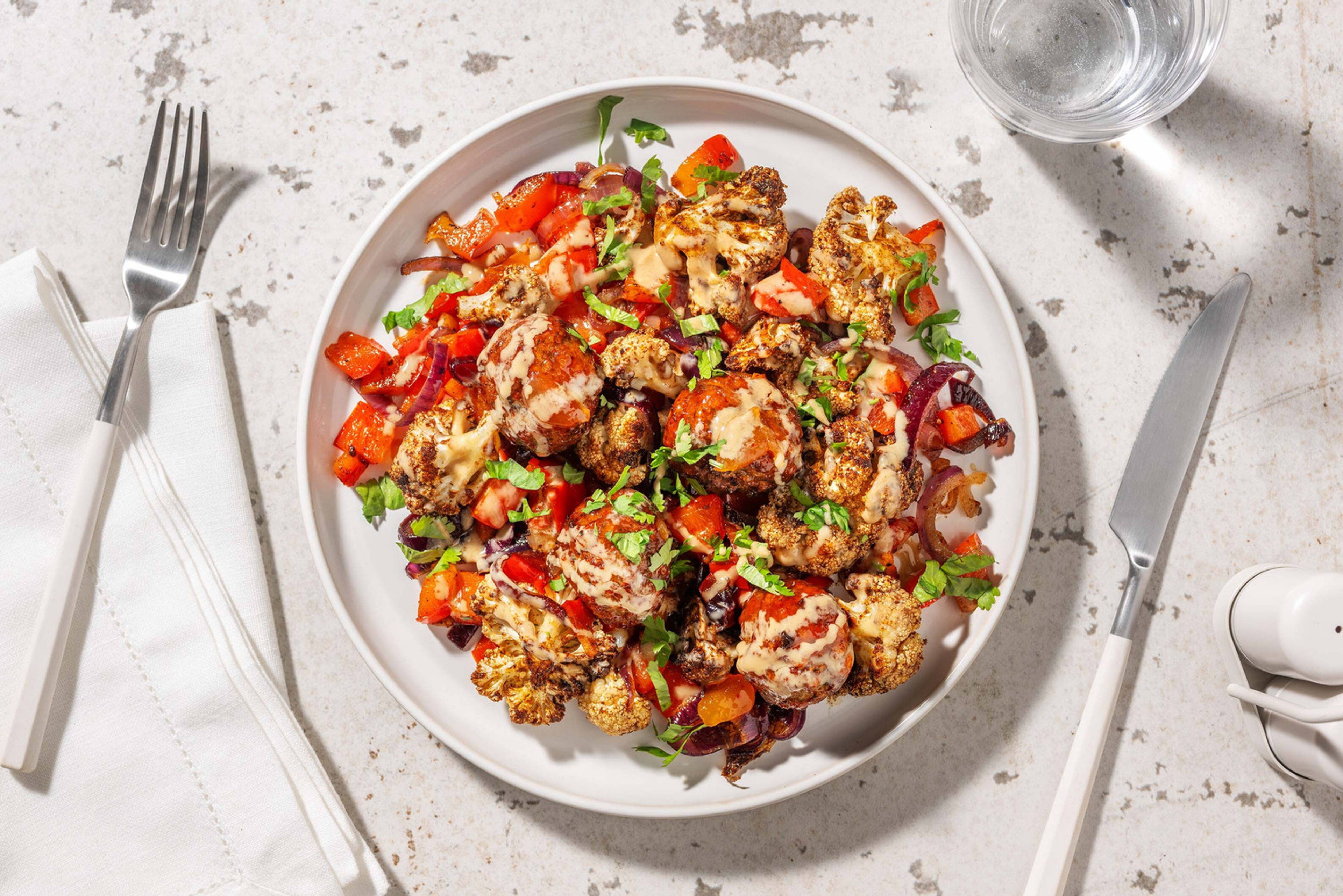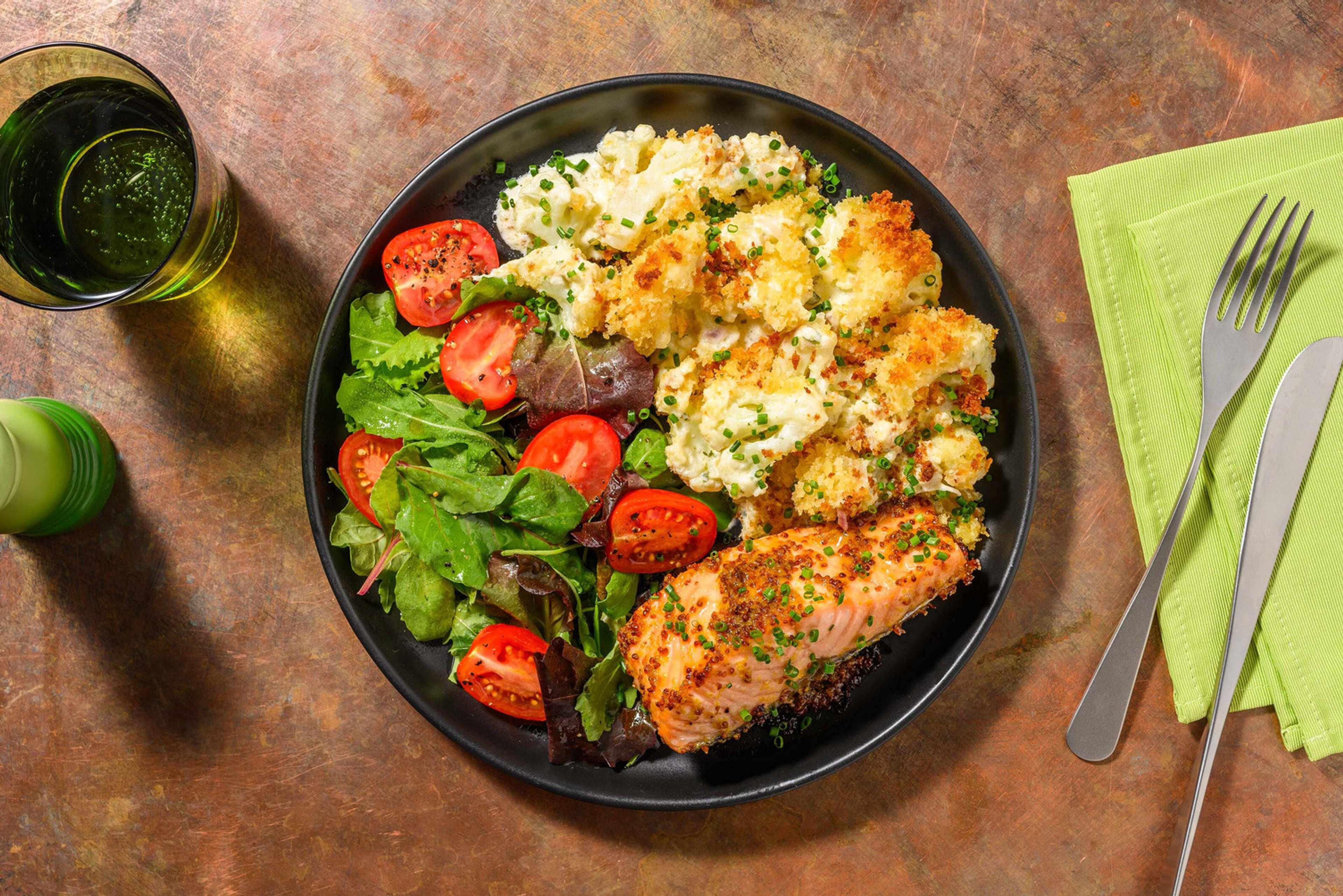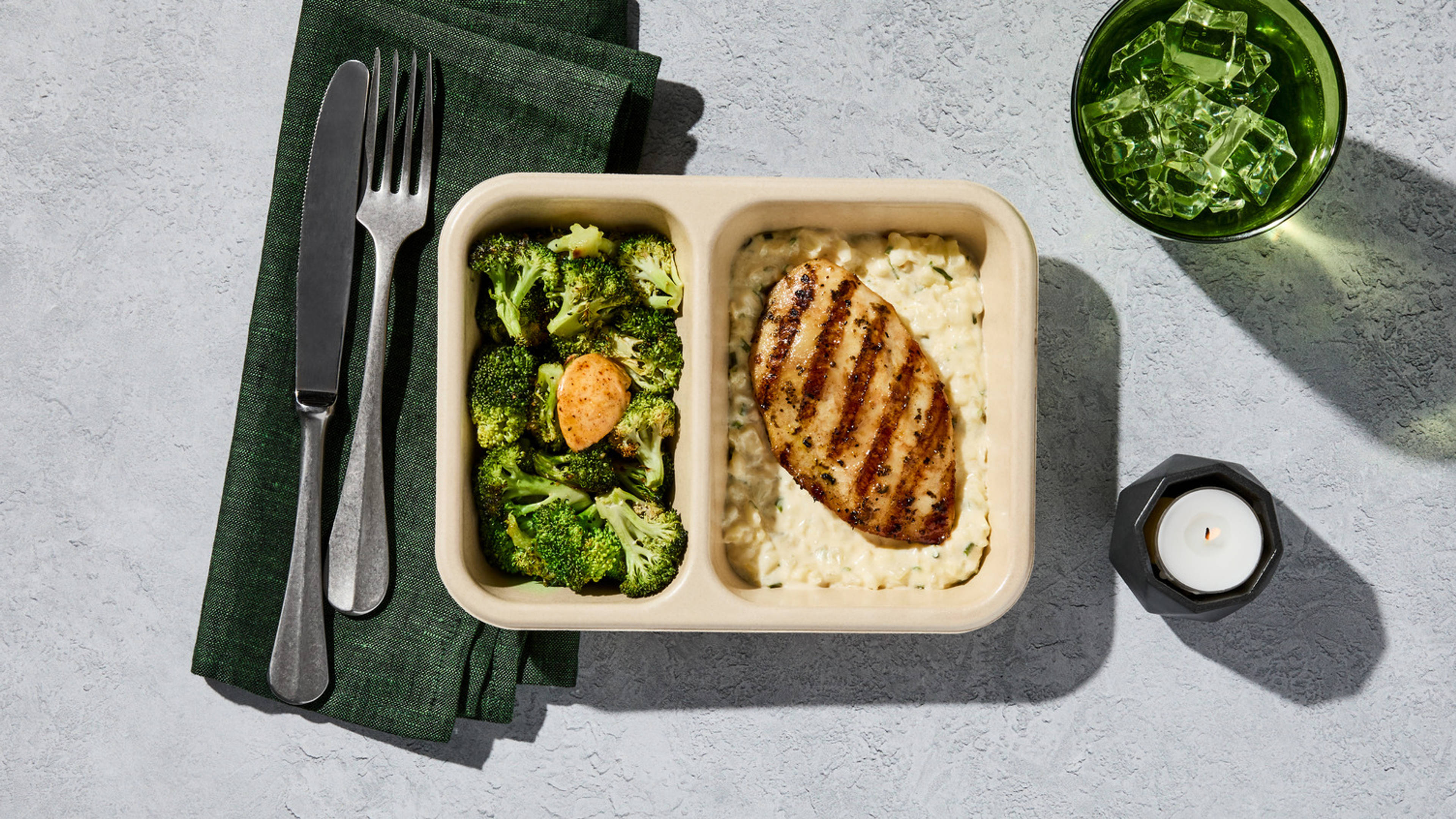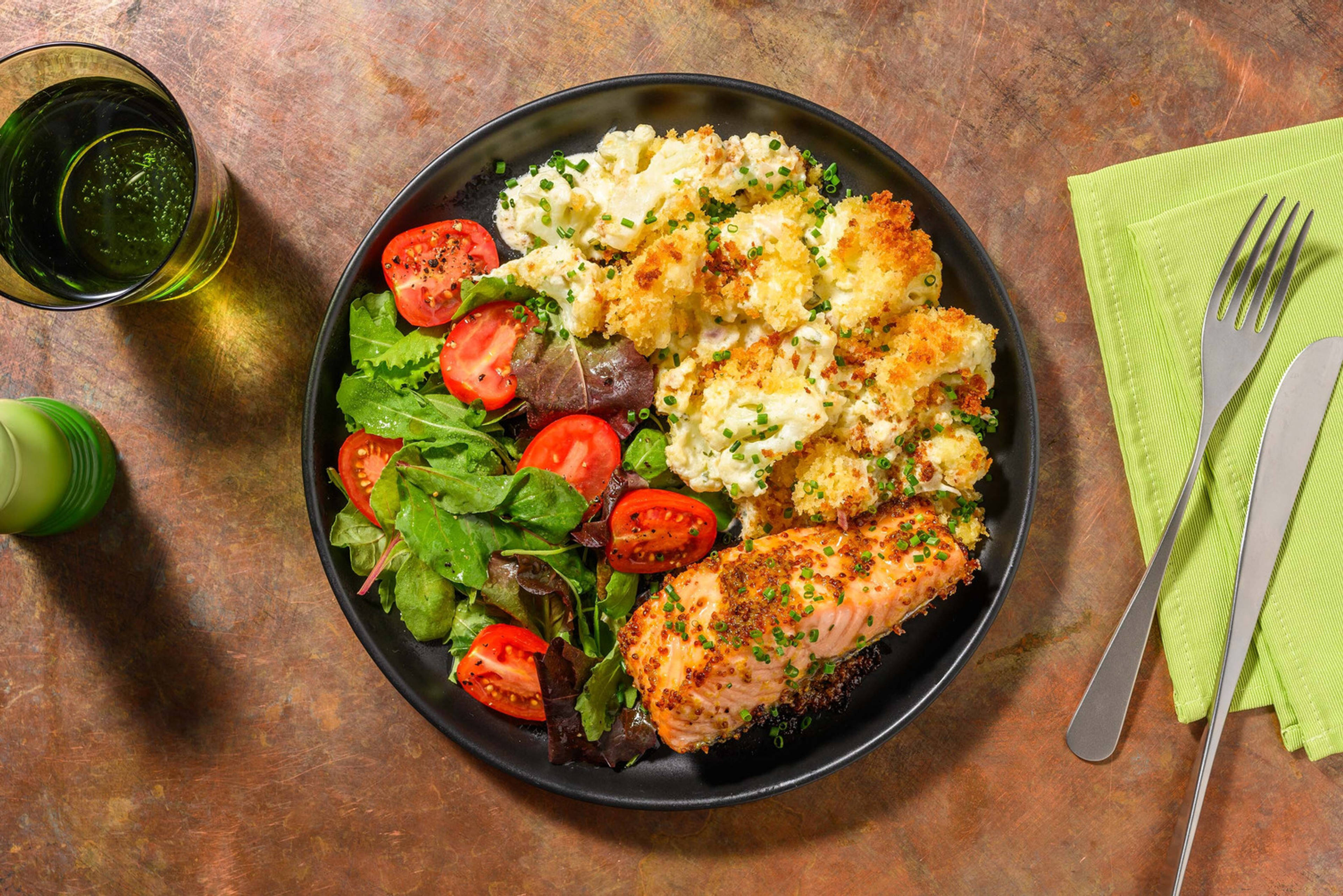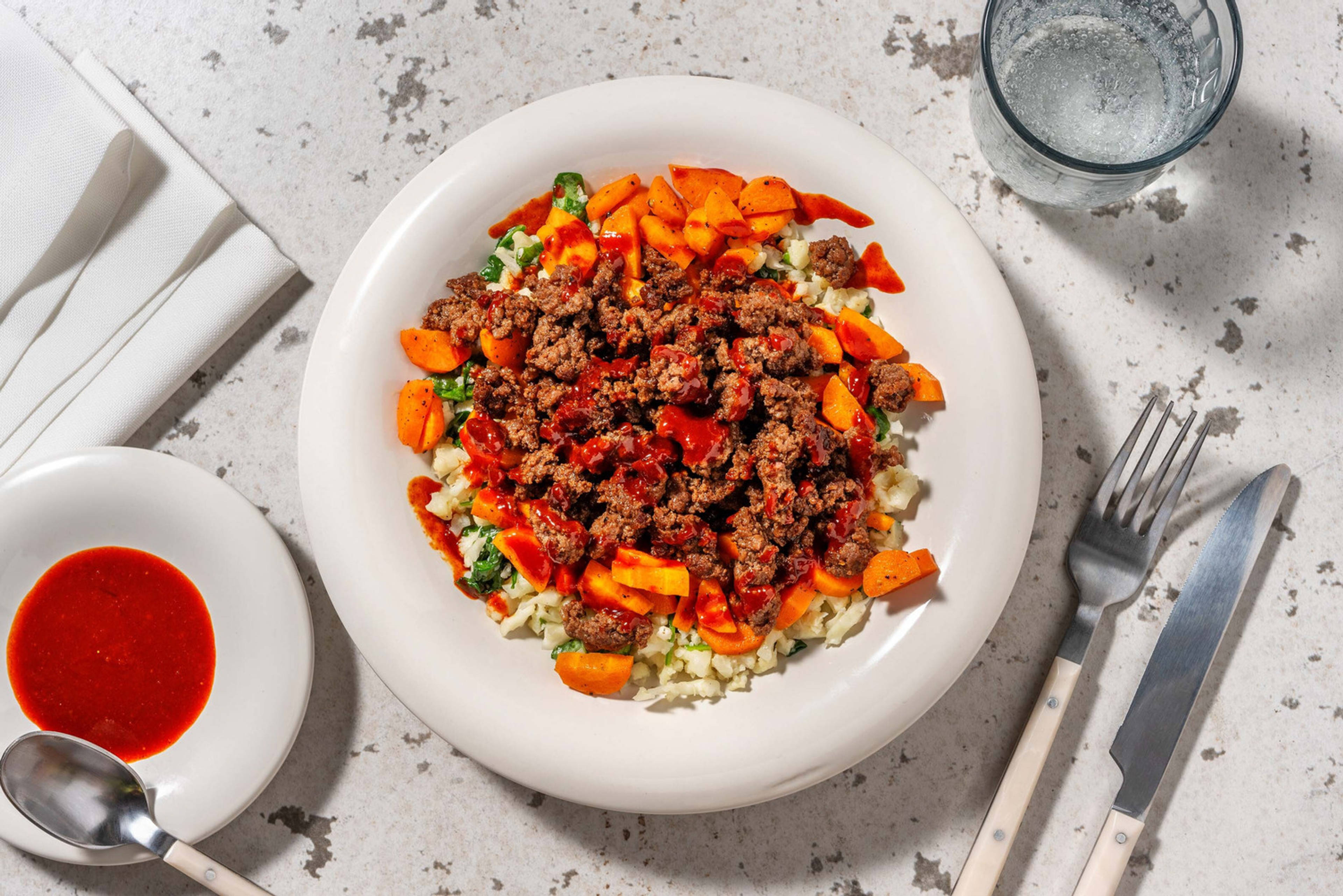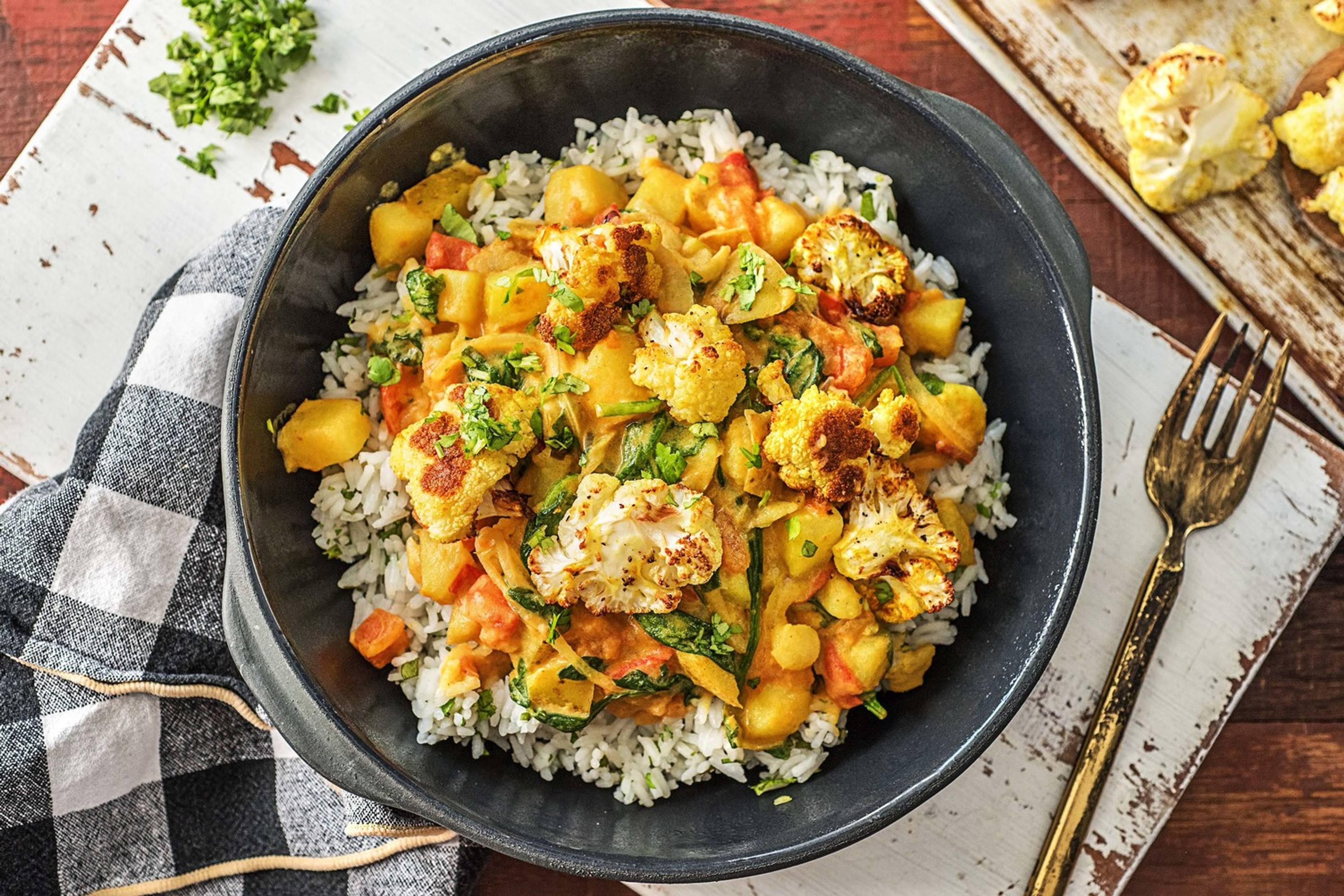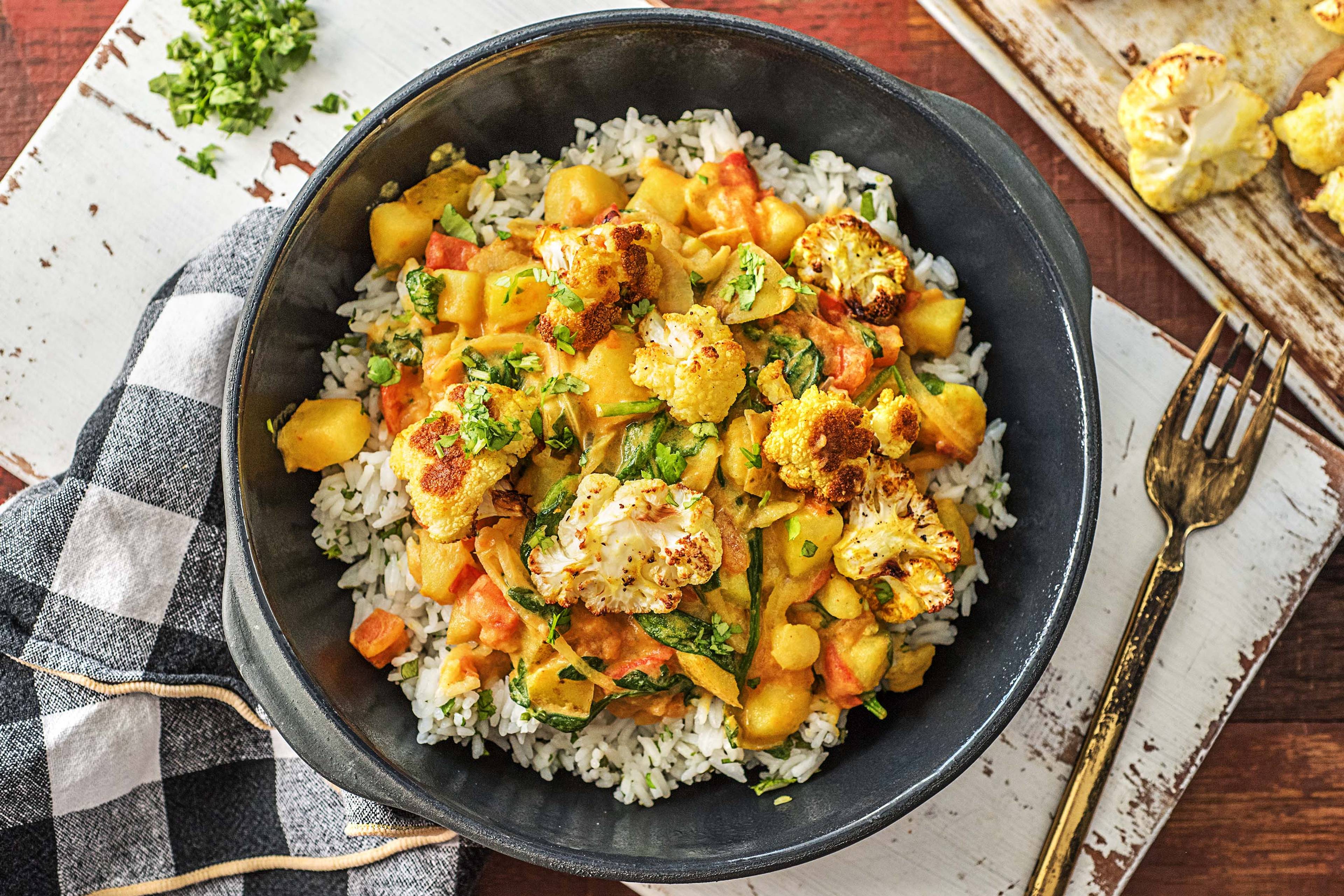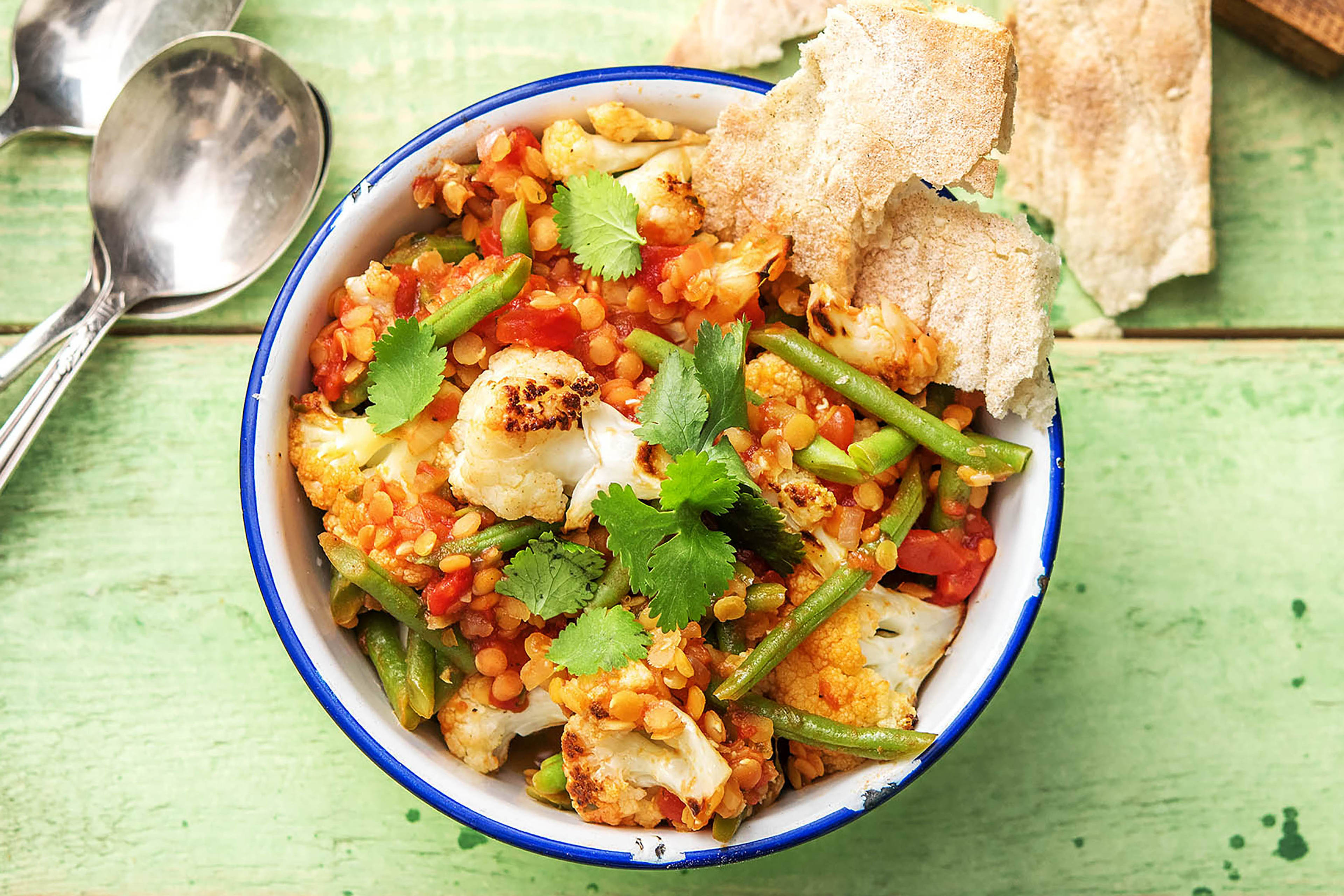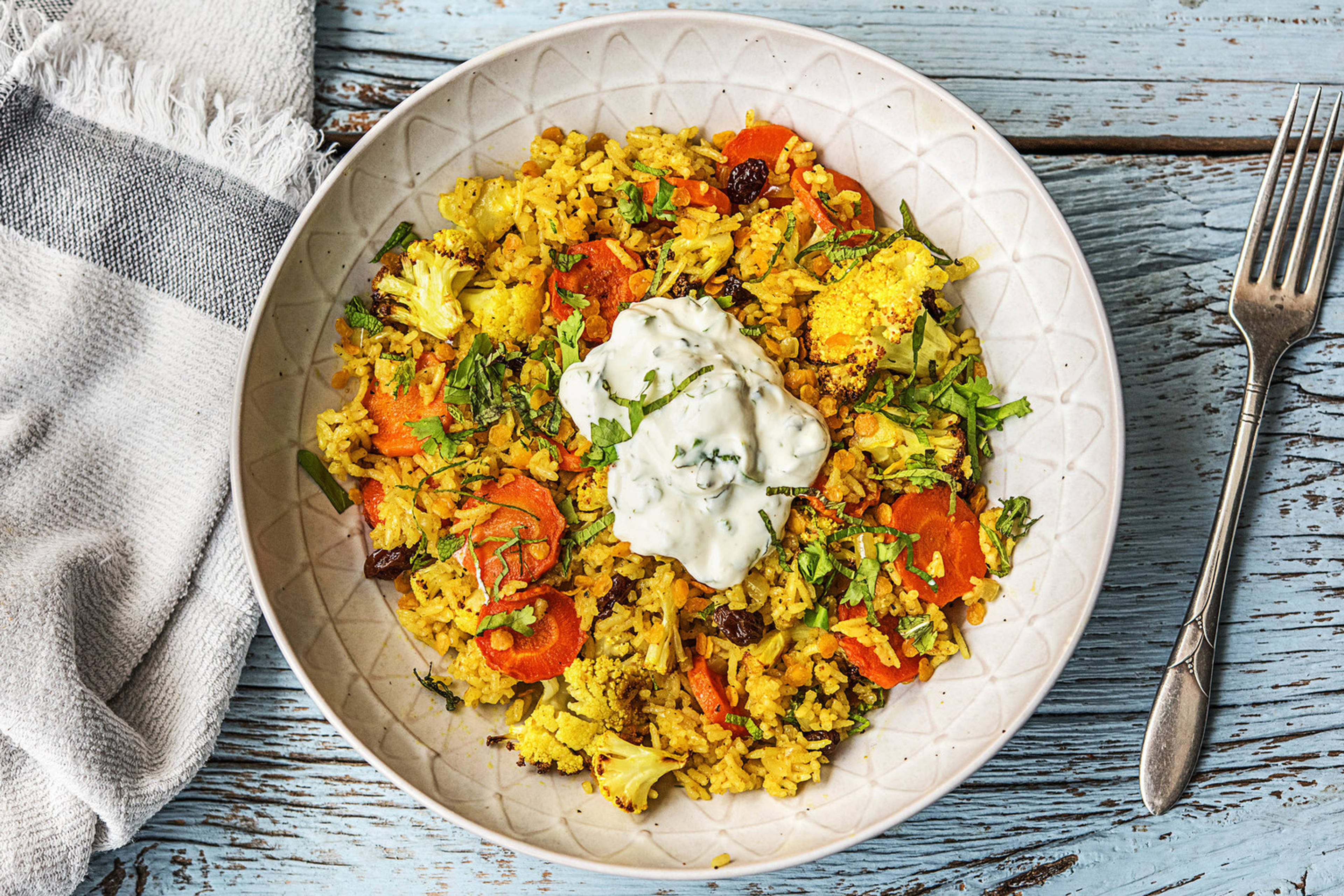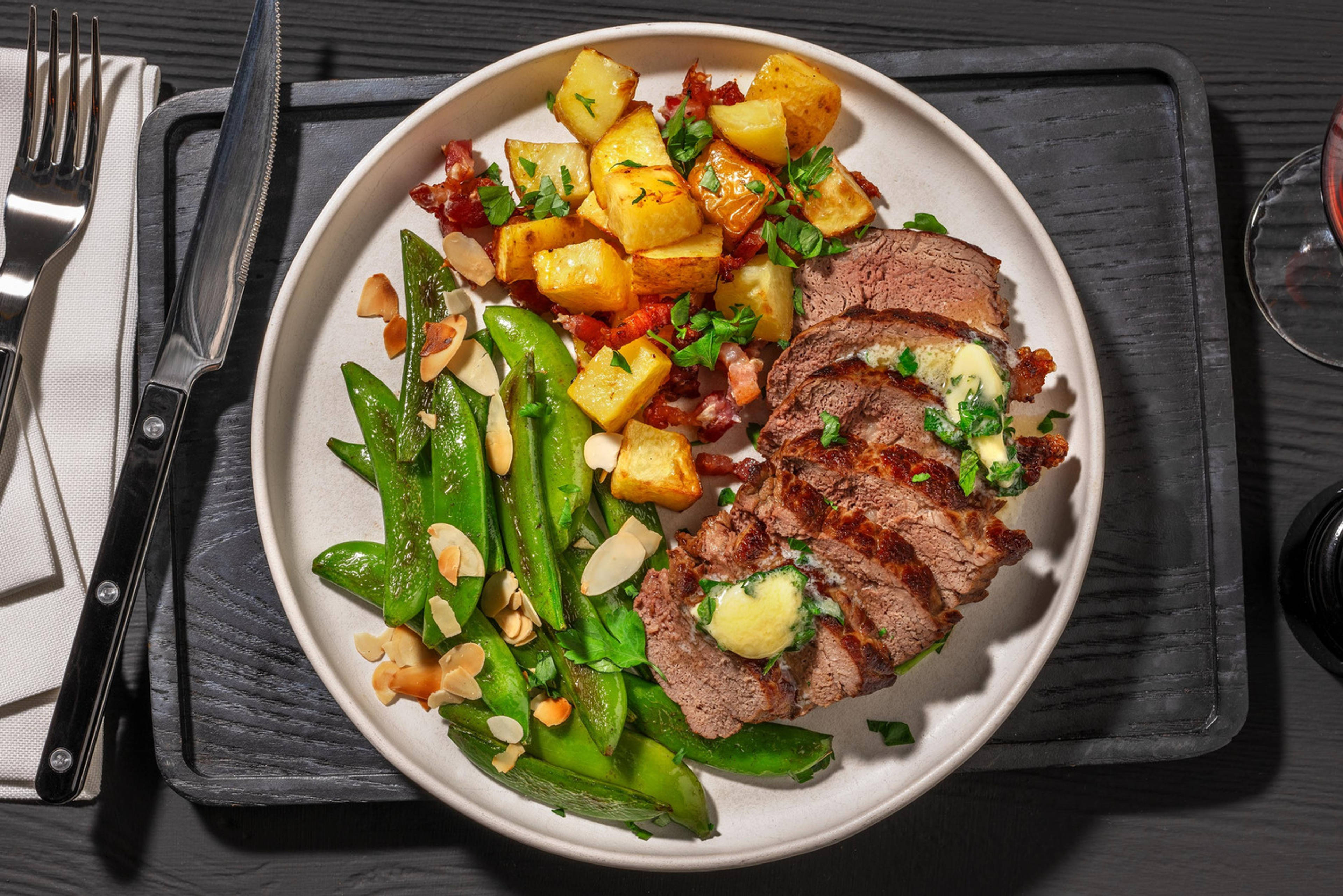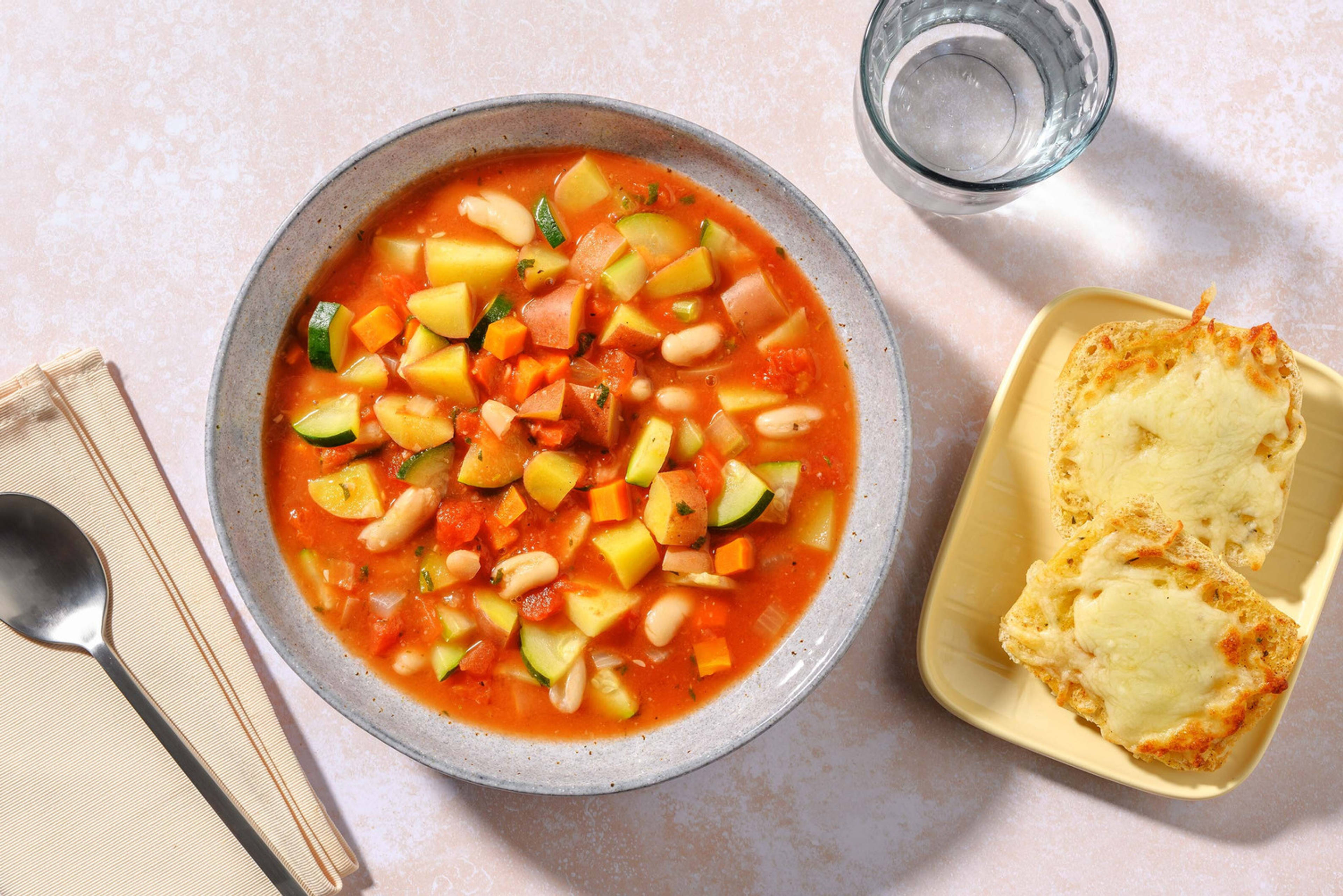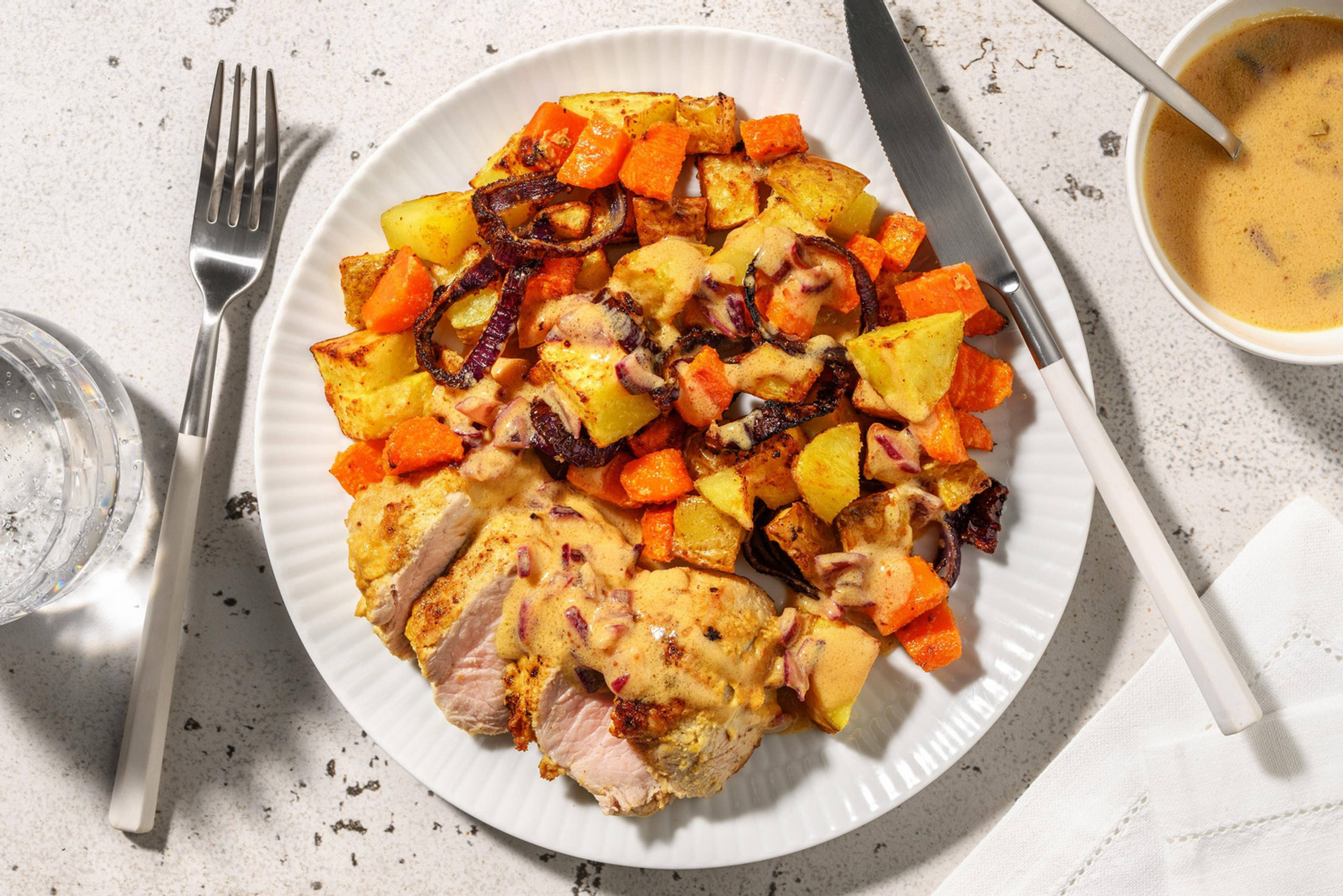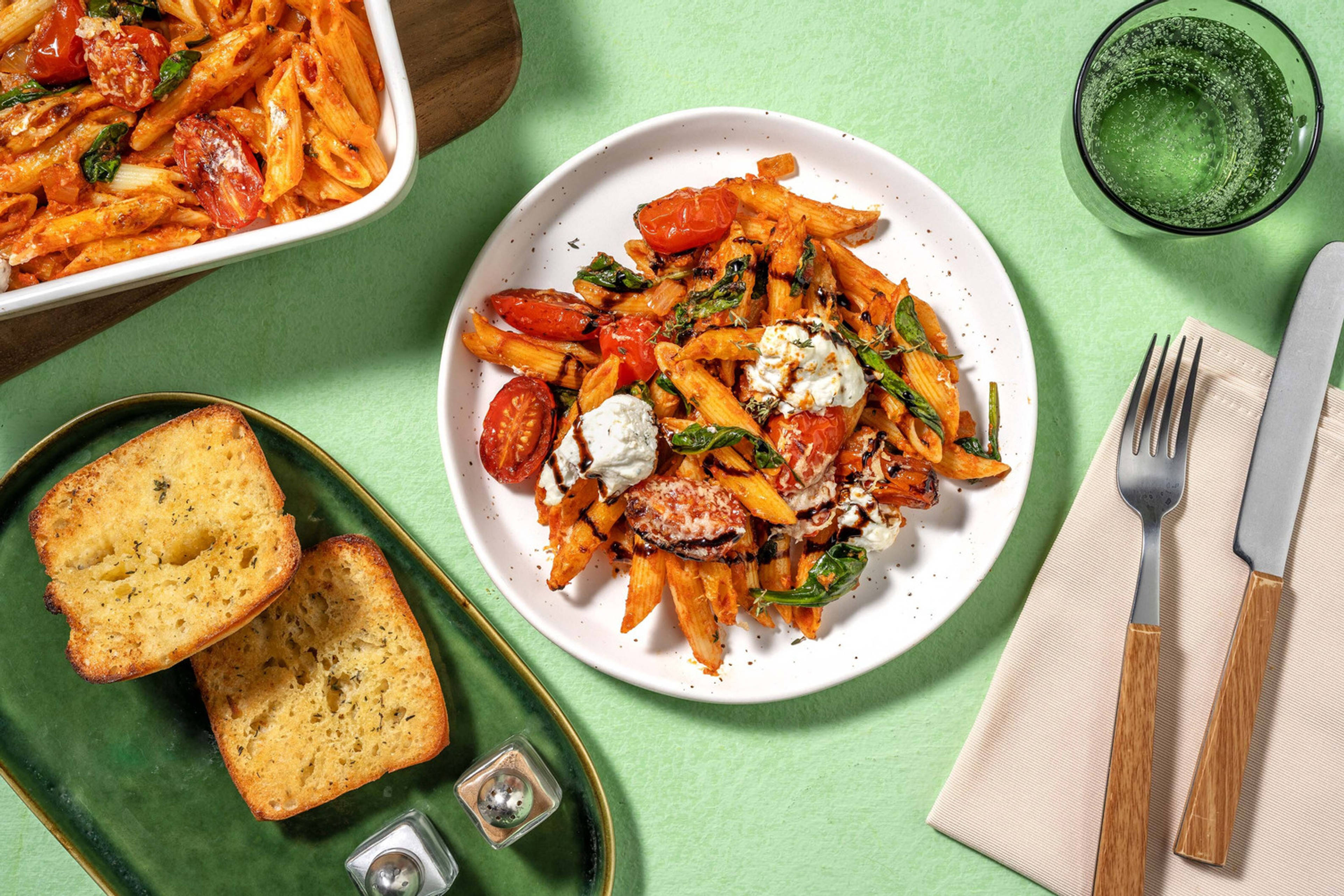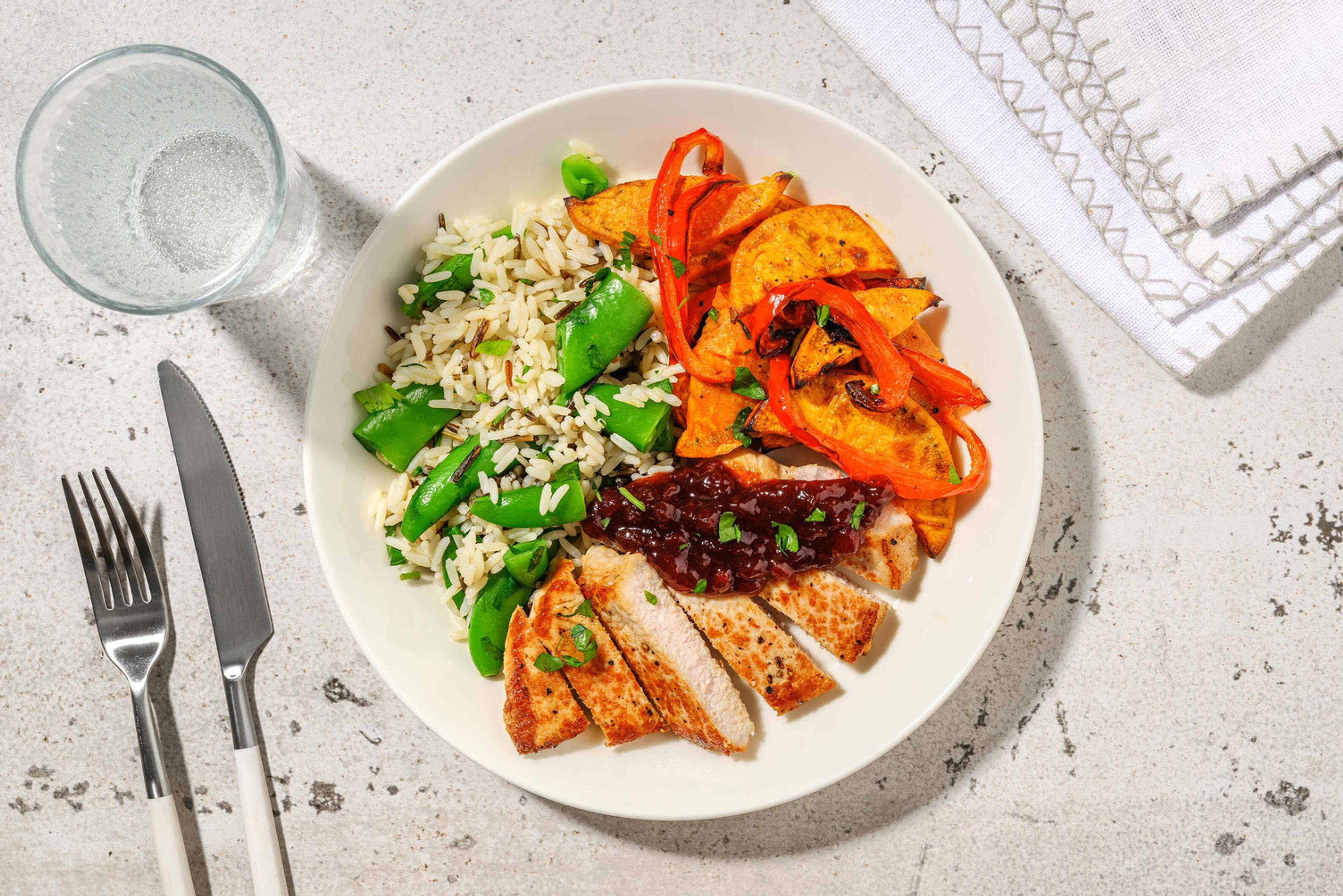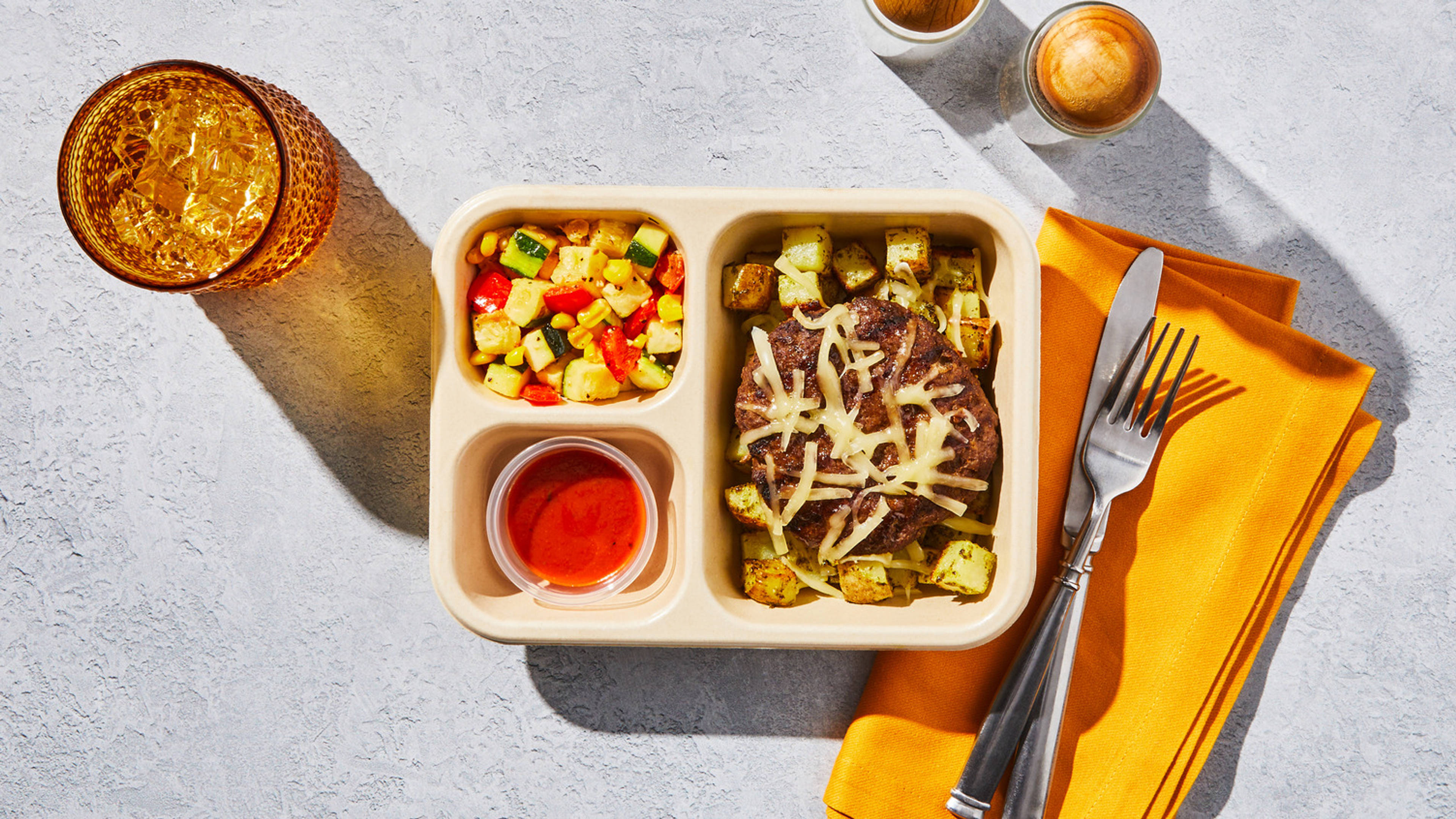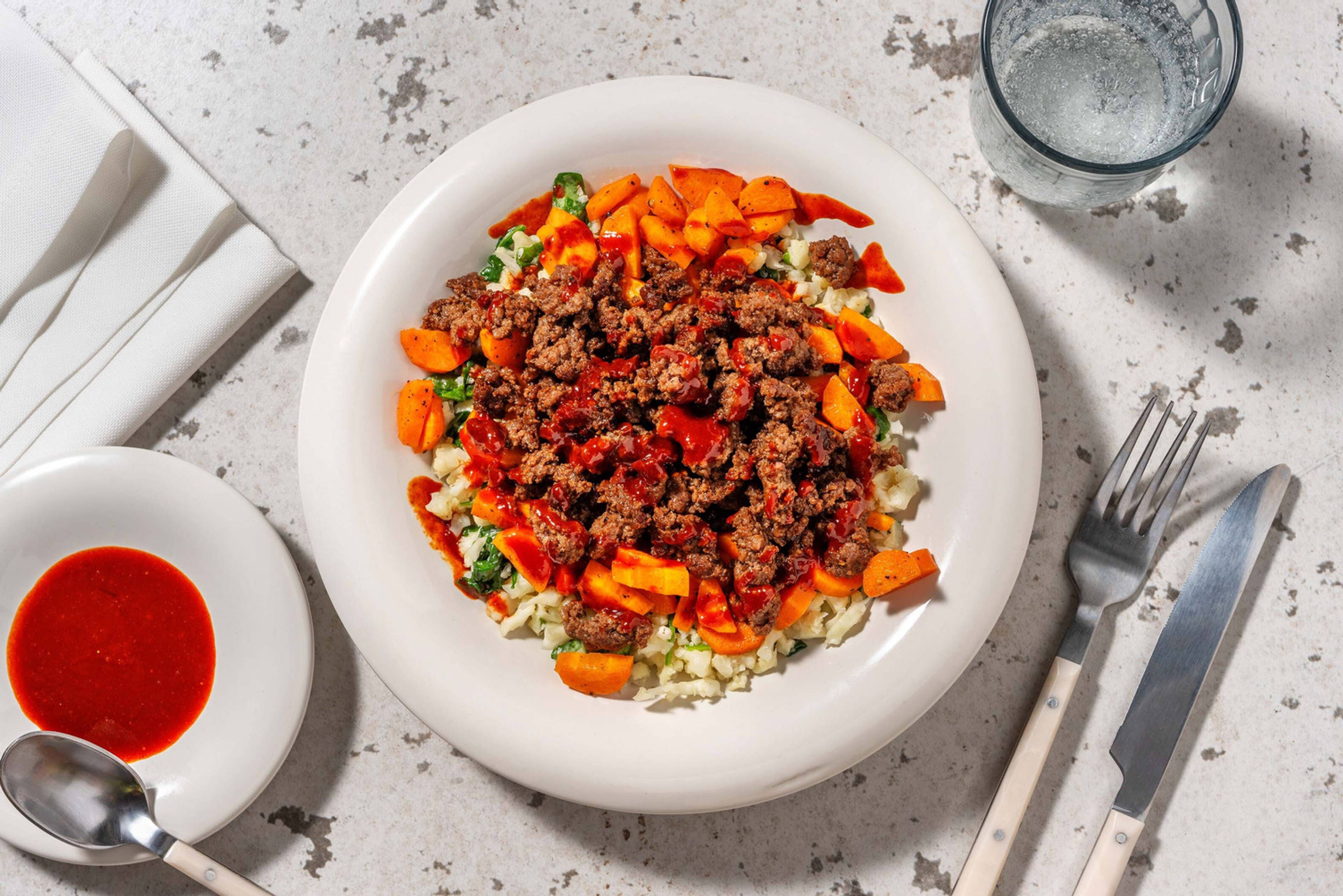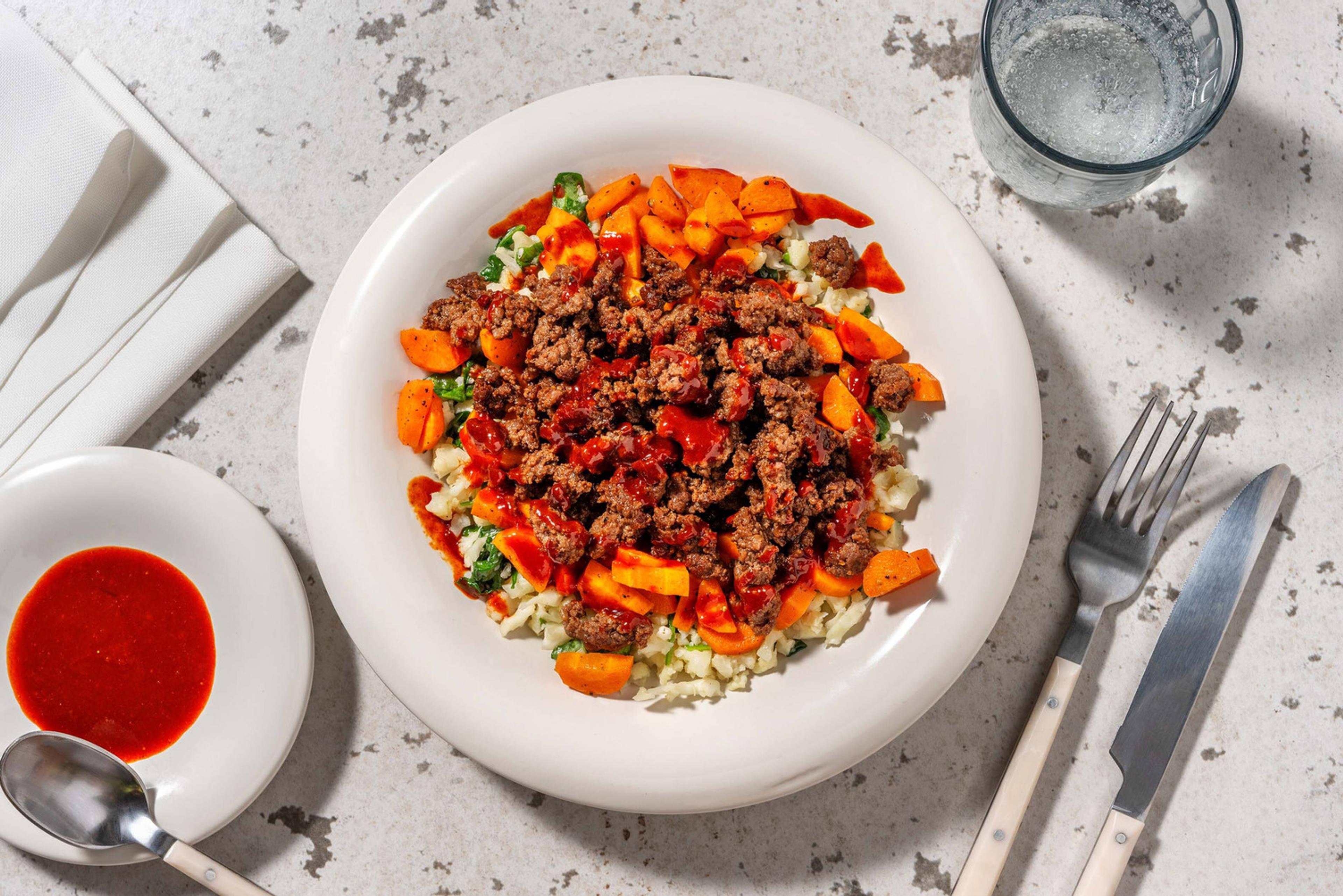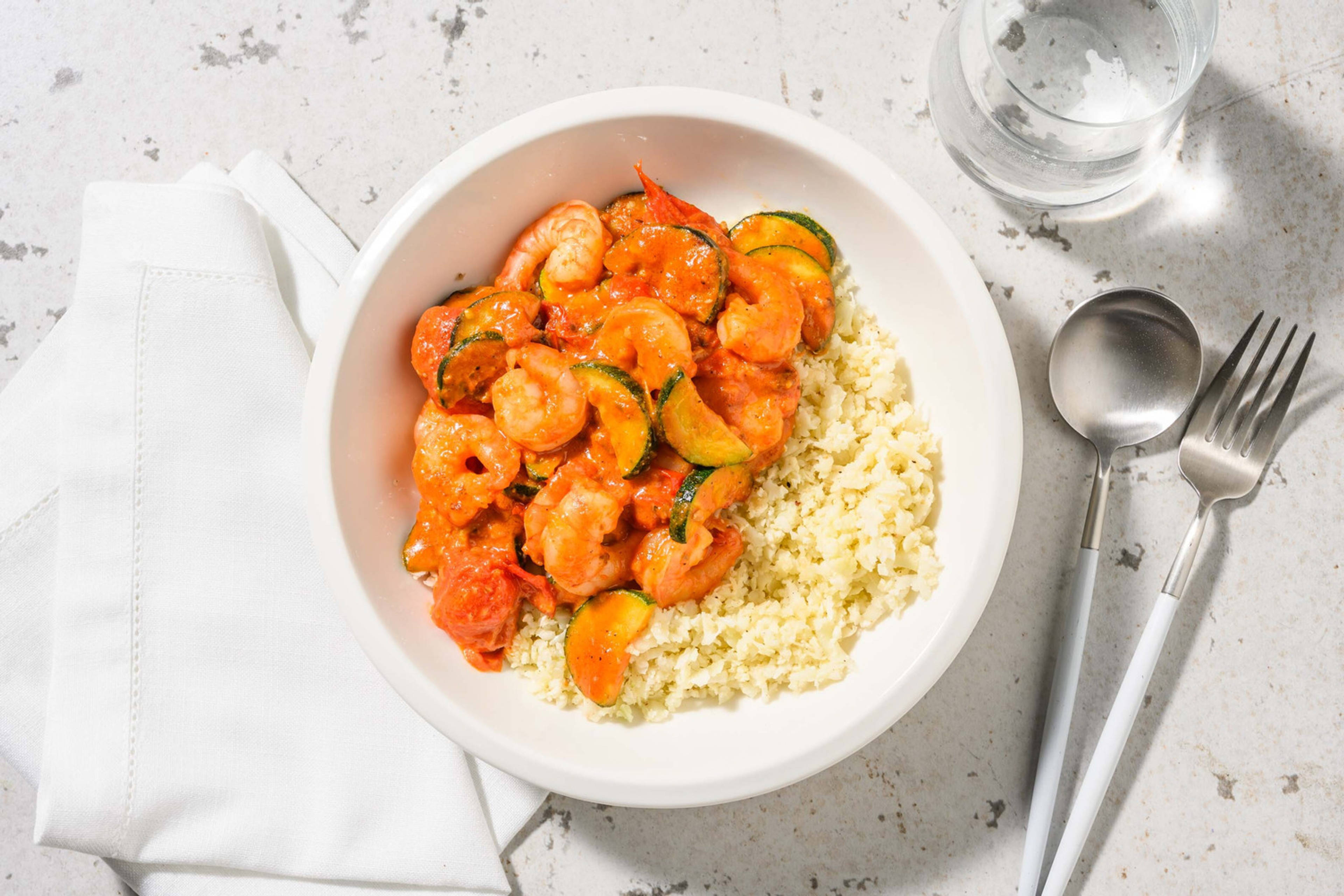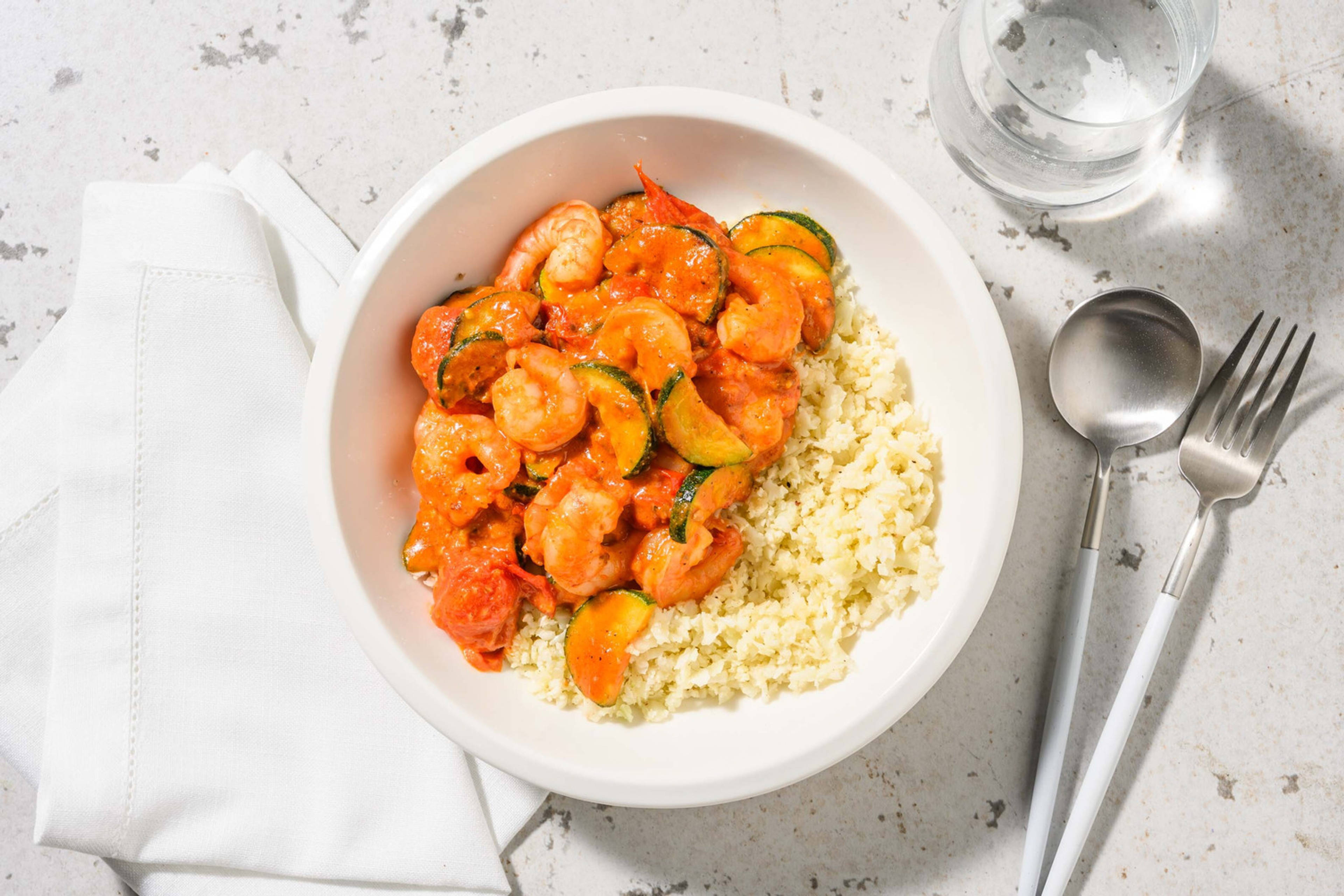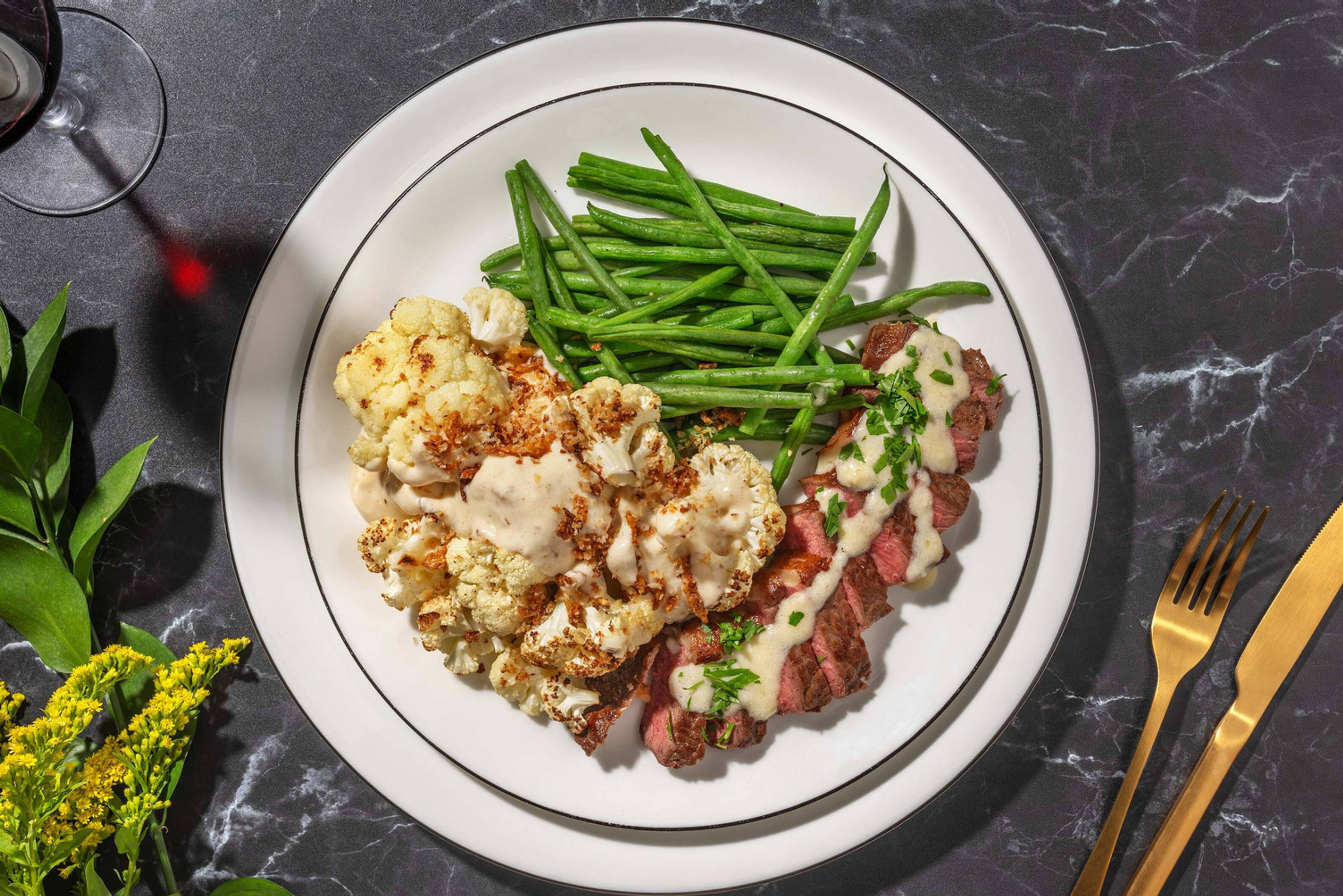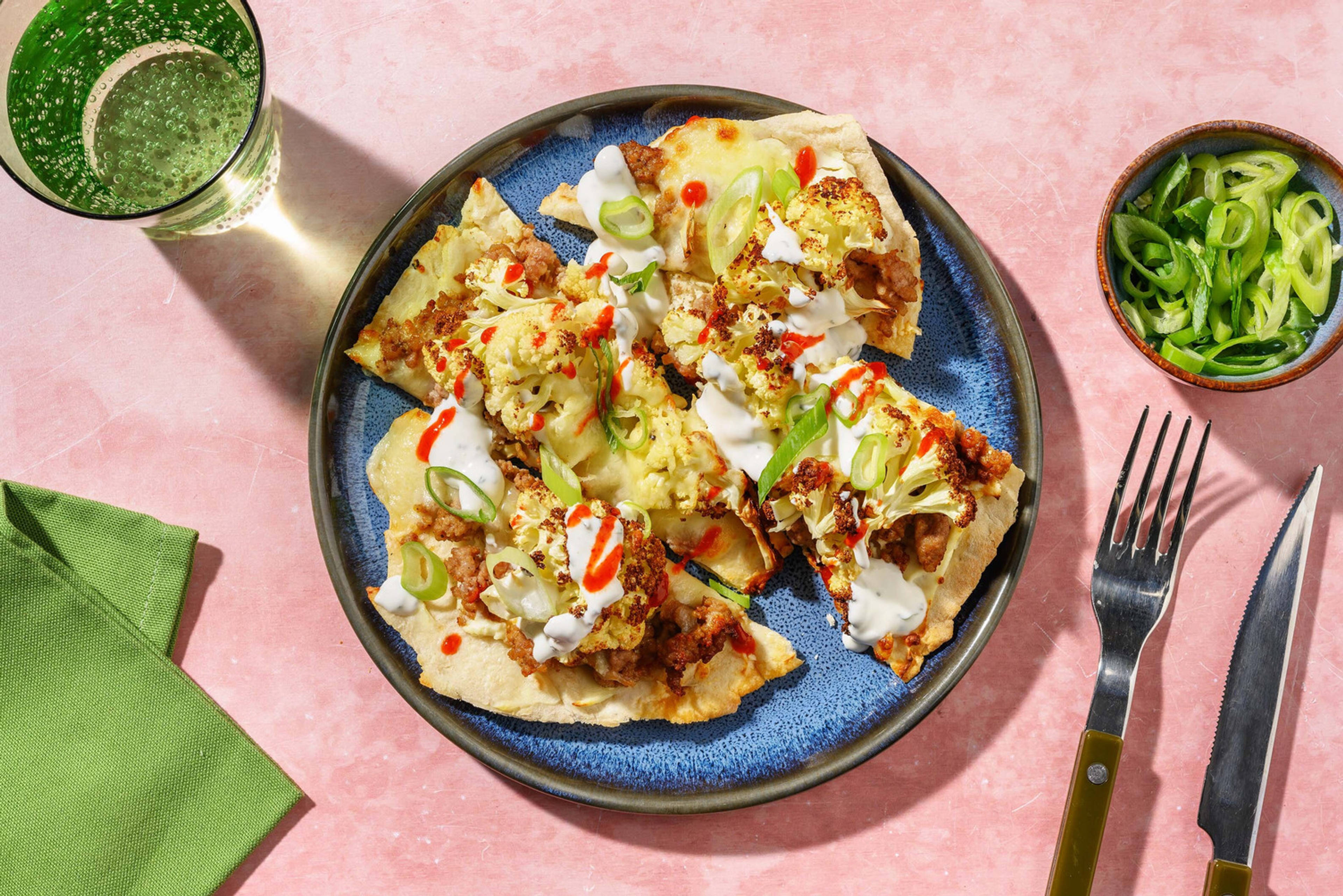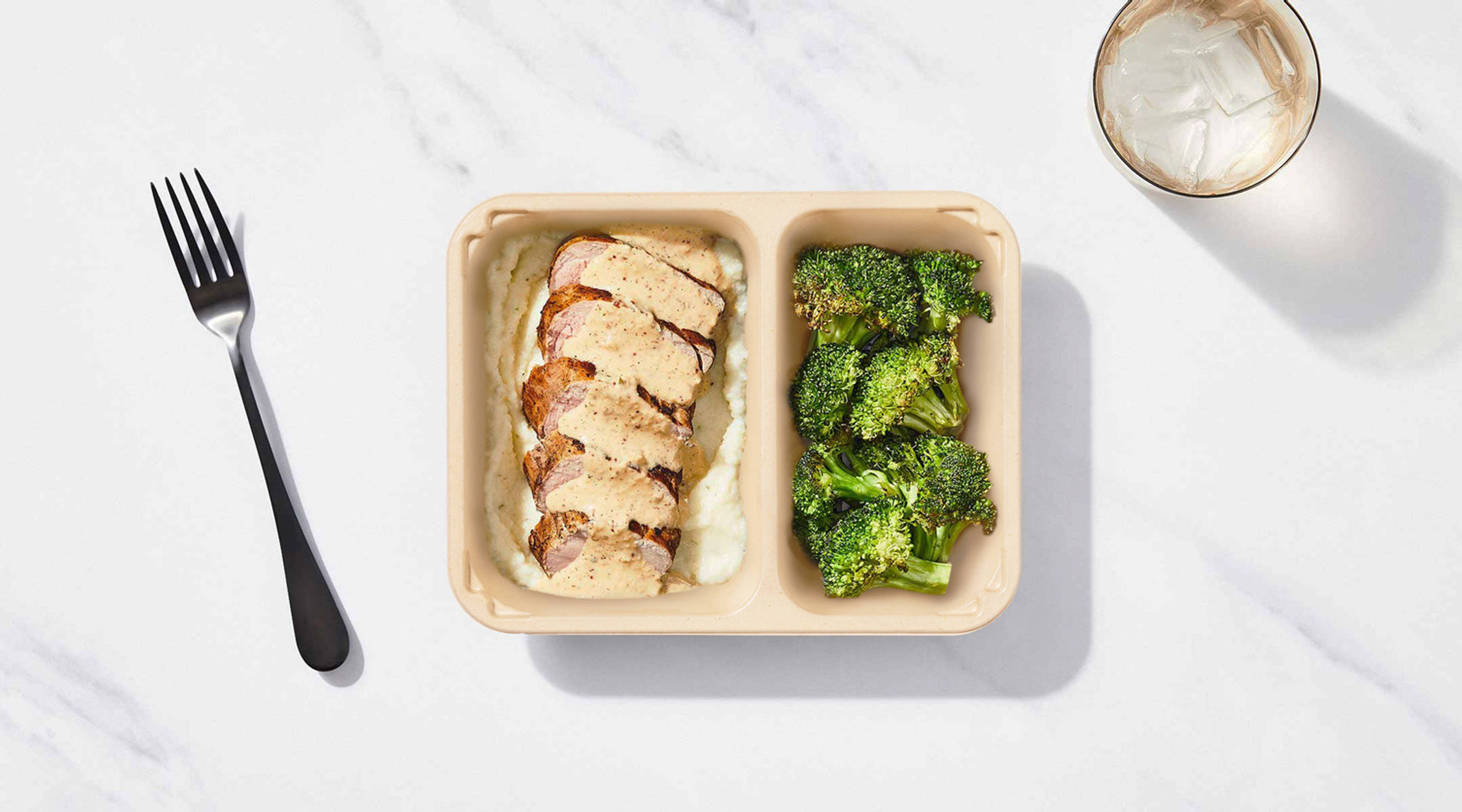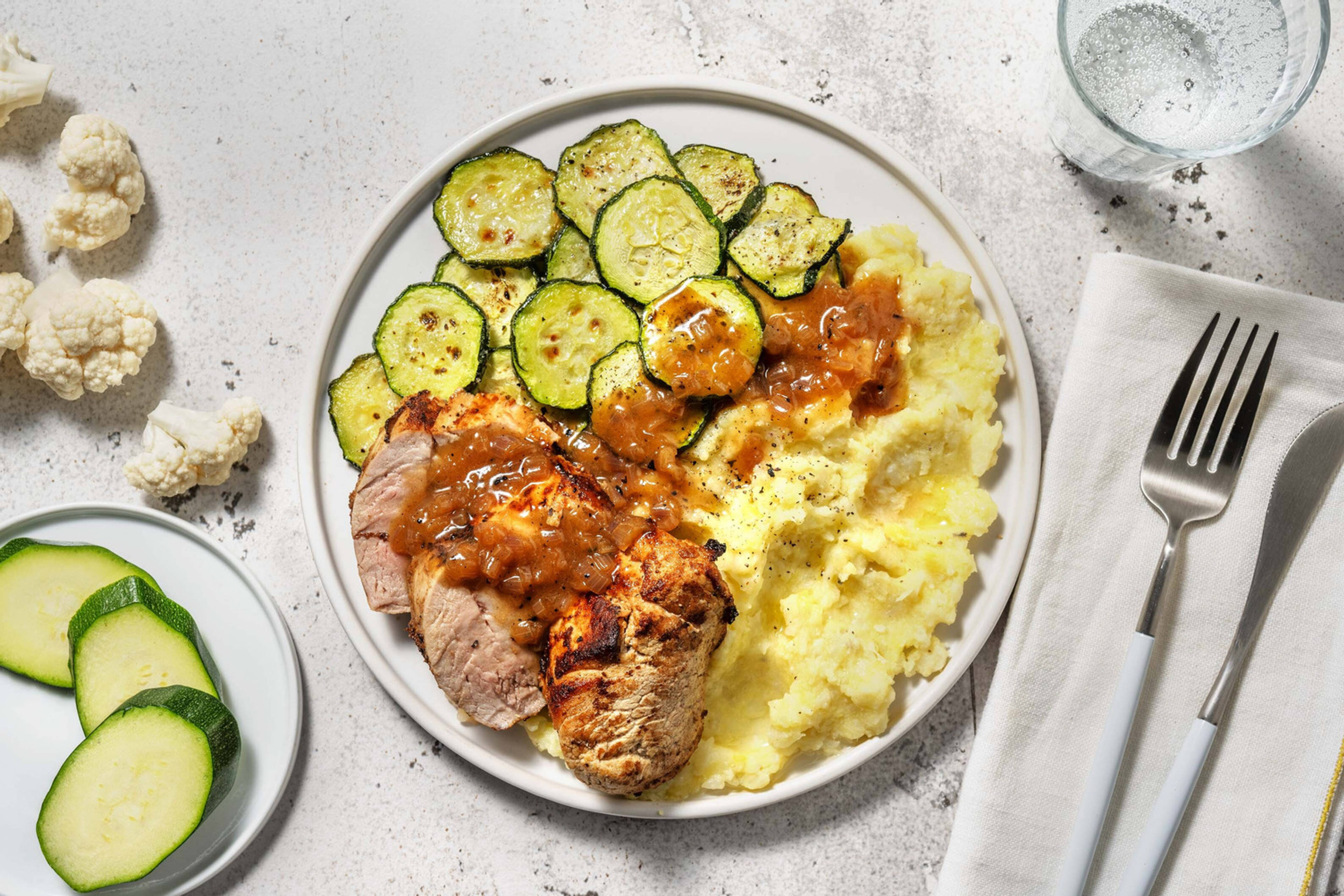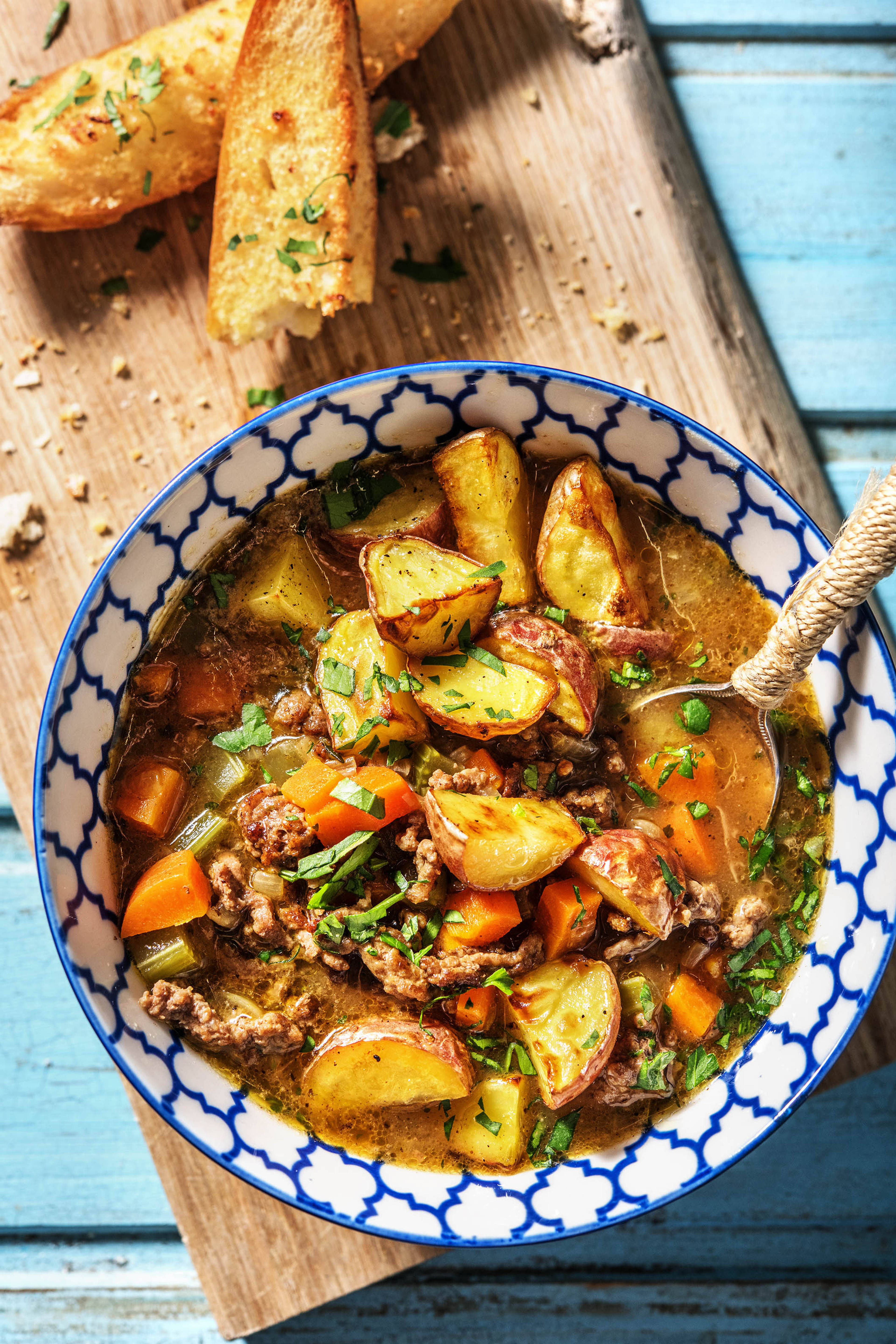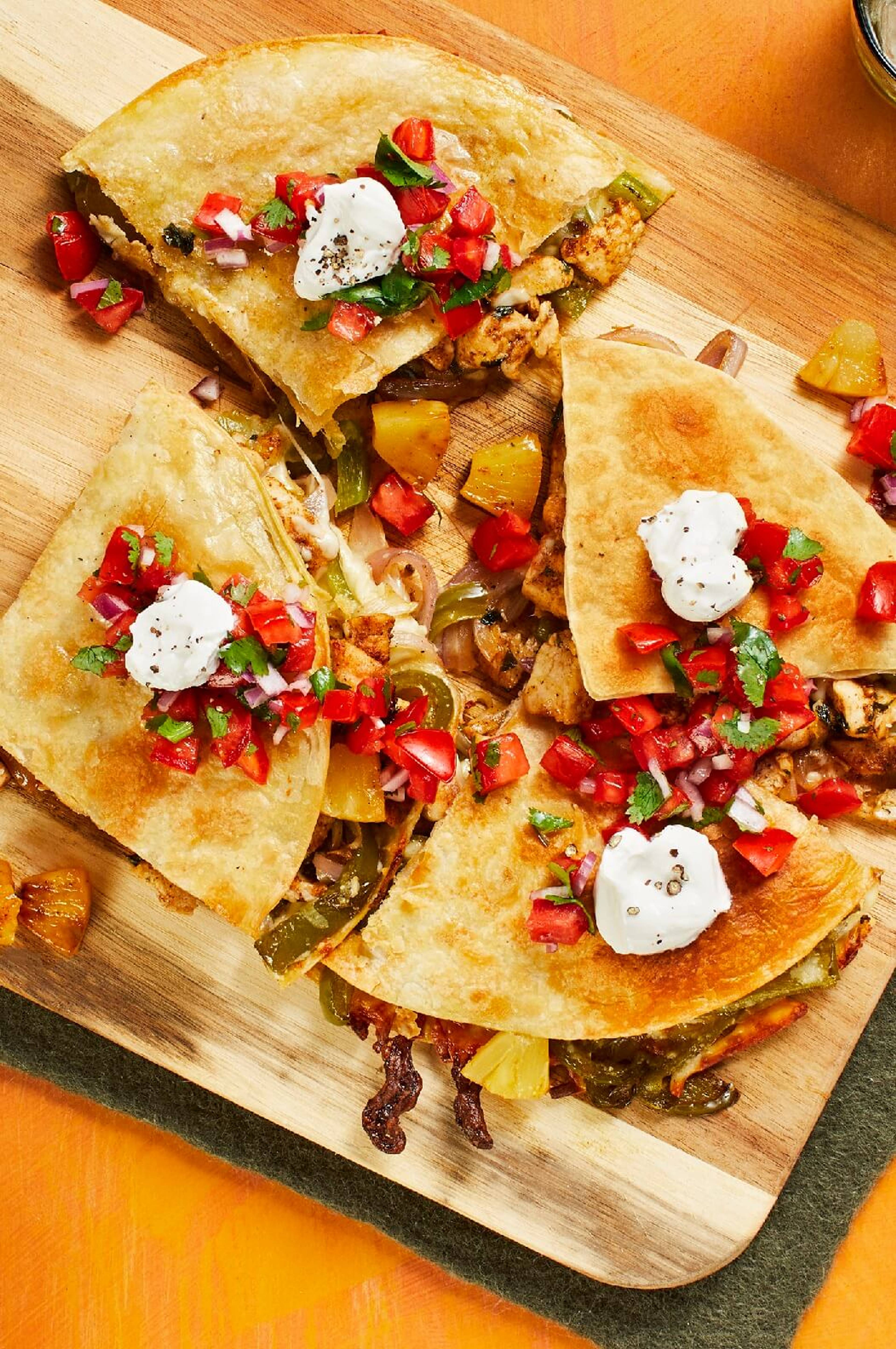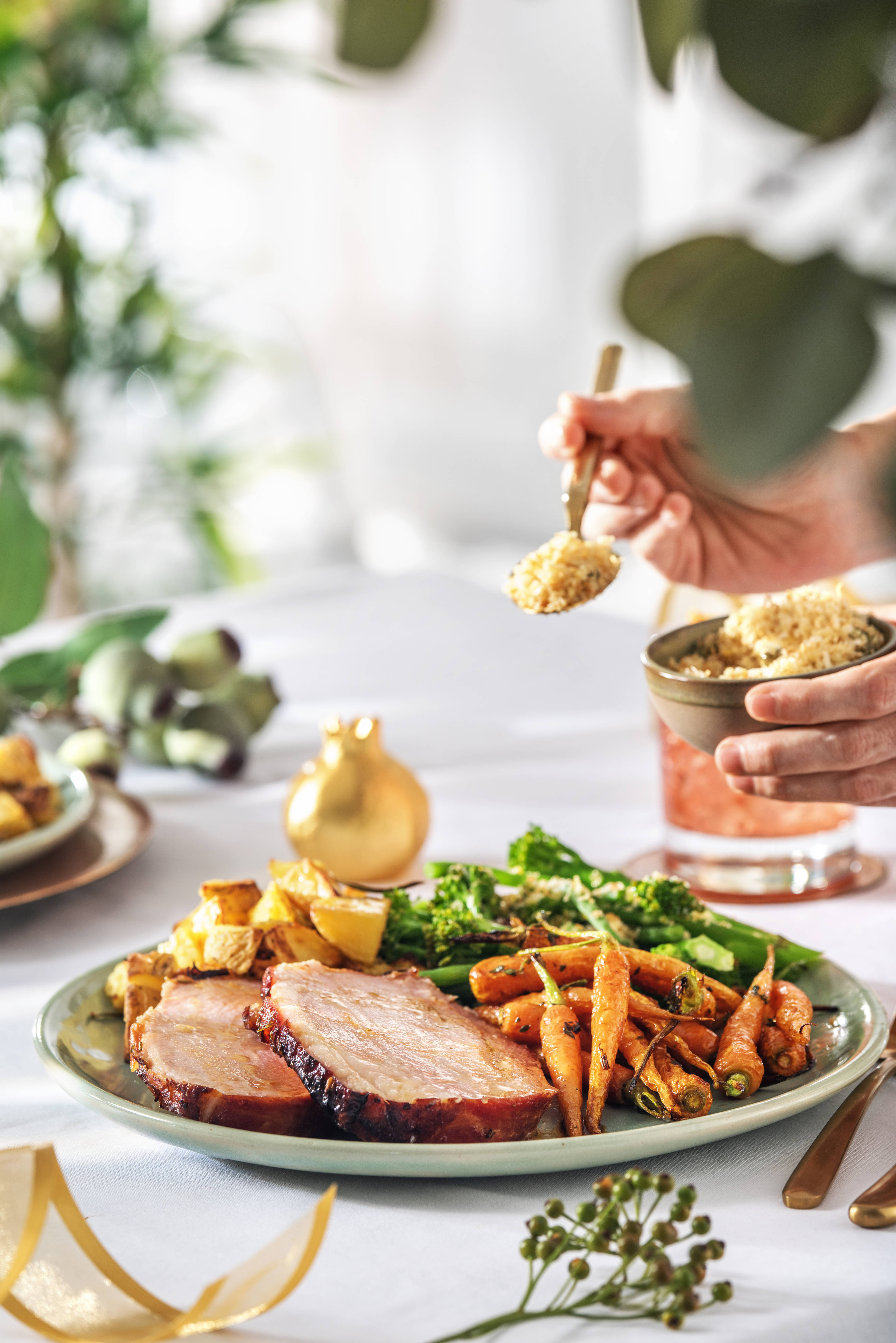Cauliflower Recipes - Browse Cauliflower Dishes to Choose From
Not sure how to cook cauliflower? Check out our best cauliflower recipes and start whipping up delicious cauliflower meals today.
Vegetarian Cauliflower Recipes
Browse veggie-friendly cauliflower recipes, sure to please vegetarians and meat-eaters alike.Further Vegetarian Cauliflower Recipes
All HelloFresh Cauliflower Recipes
Enjoy nutrient rich cauliflower meals by selecting one of our delicious cauliflower recipes and getting started today.Further All HelloFresh Cauliflower Recipes
Easy Cauliflower Recipes
You don’t have to be a culinary wizard to enjoy the flavours of this veggie, as our easy cauliflower recipes prove.Further Easy Cauliflower Recipes
Indian Cauliflower Recipes
Love Indian cuisine? Why not get one of your 5 a day by adding cauliflower into the mix – guaranteed to soak up all those spices and ensure clean plates all round.Further Indian Cauliflower Recipes
Roasted Cauliflower Recipes
Enjoy the distinctive texture and subtle flavours of roasted cauliflower with our delicious recipes.Further Roasted Cauliflower Recipes
Cauliflower Rice Recipes
Enjoy lighter meals with our carb smart cauliflower rice recipes.Further Cauliflower Rice Recipes
Best Cauliflower Recipes
Check out the best of the best cauliflower recipes, as rated by HelloFresh customers.Further Best Cauliflower Recipes
Get excited every evening!
Recipes with Cauliflower
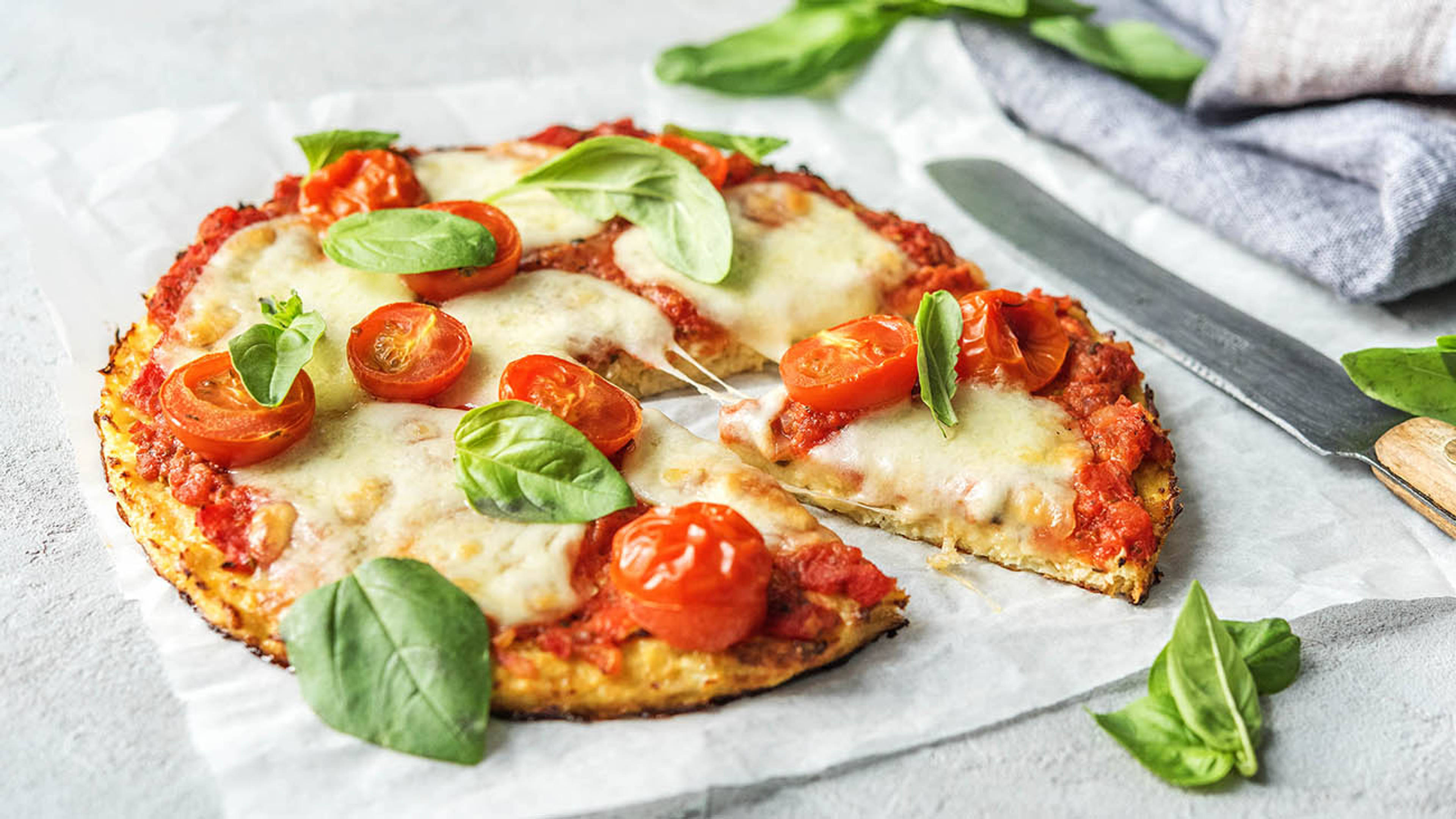
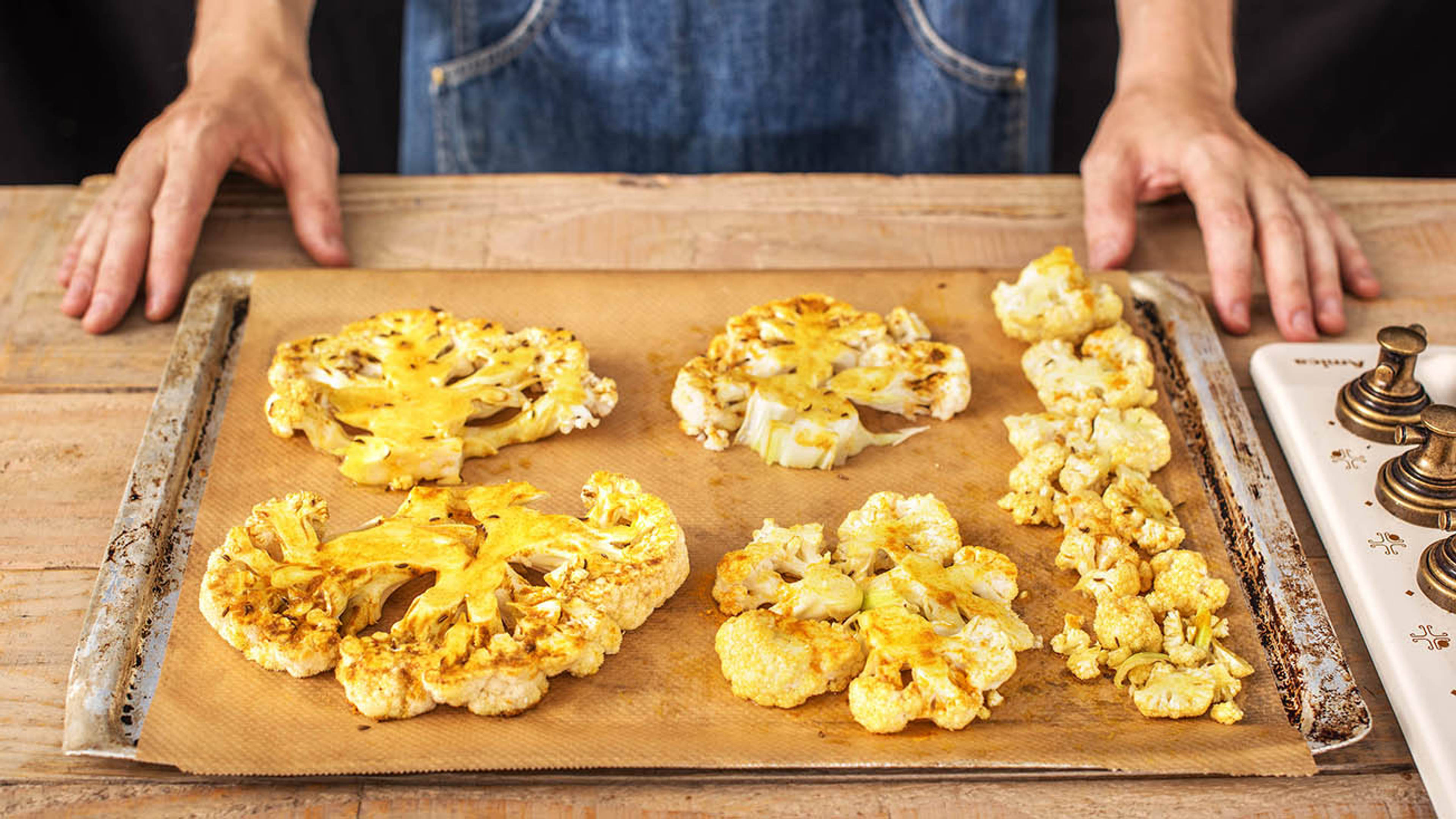
Get to know your cauliflower

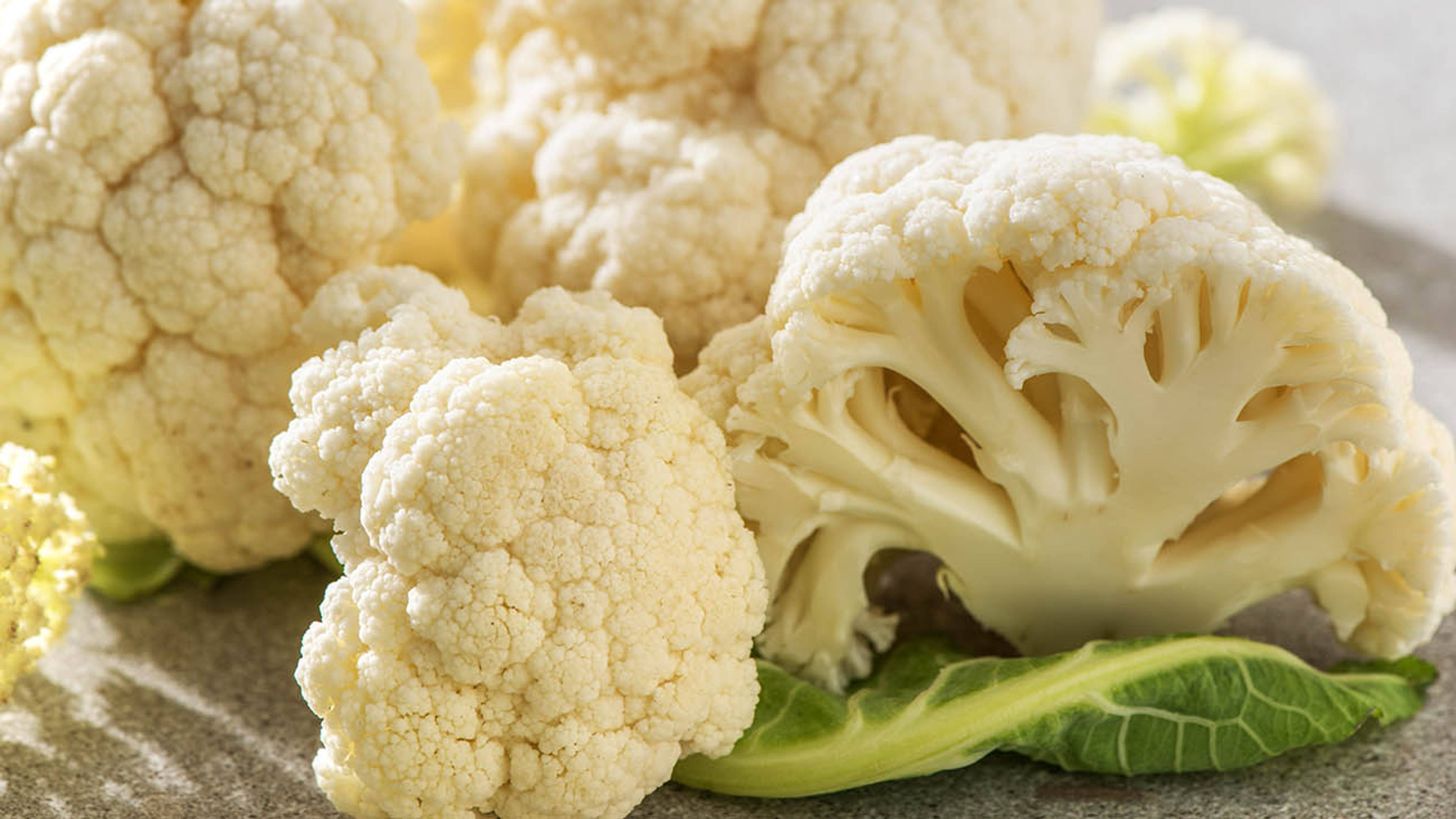
How to: Cauliflower Recipe - FAQs
How to store cauliflower?
When you get your cauliflower home, immediately remove any tight plastic wrap that surrounds it or else mould can grow. Store the vegetable in the fridge, loosely wrapped in a plastic bag. Fresh heads bought straight from the market or grocery store will last for up to two weeks. You can also chop the head into florets and store them in a sealed plastic bag for up to a week.
How to store cauliflower in the freezer?
When buying commercially frozen varieties, they should last for up to a year in the freezer, but check the guidance on the food label.
Eat better. Every day.
What are you looking for?
1 of 5 complete


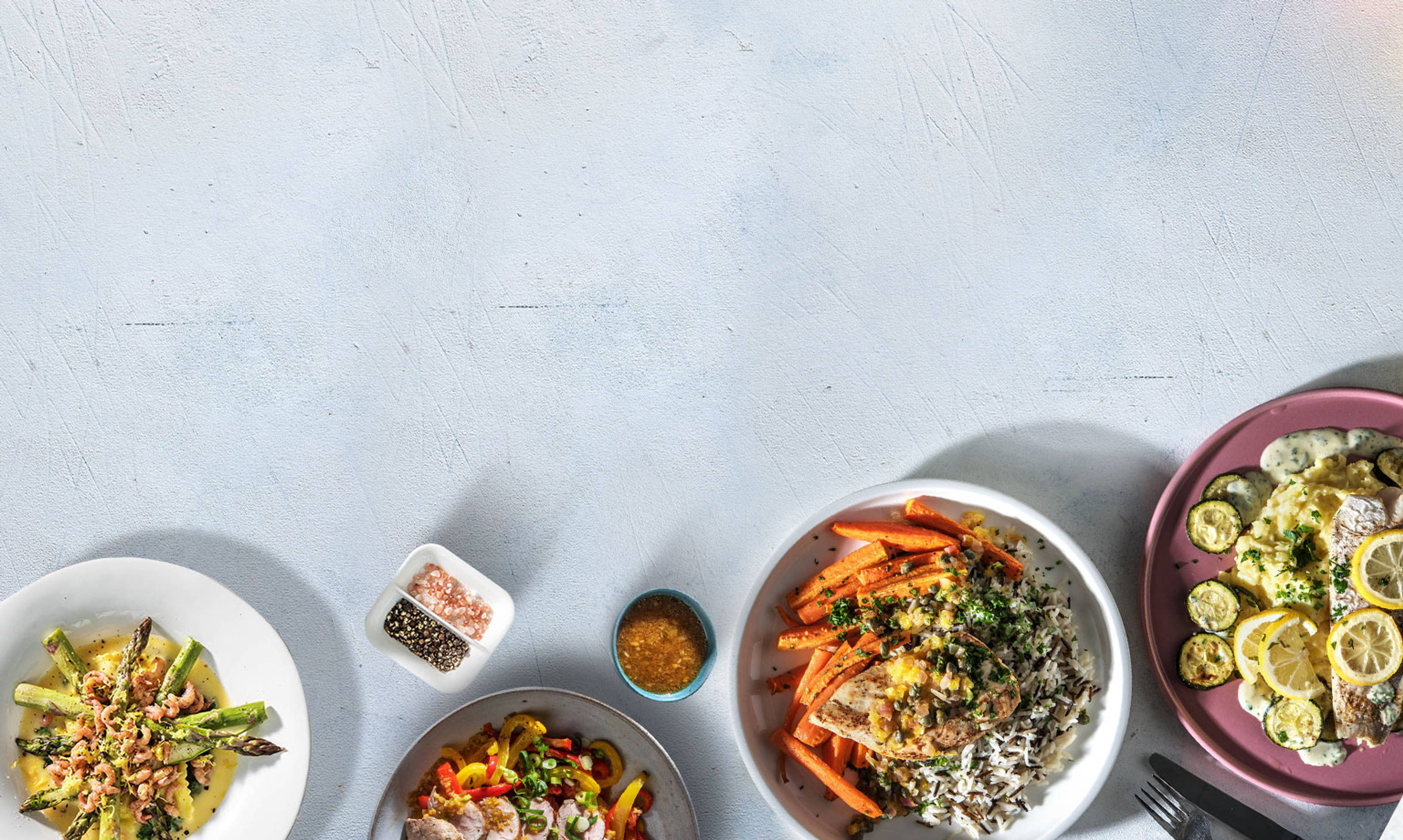
Recipes you'll love!
Get delicious recipes and all ingredients fresh on your doorstep every week!
